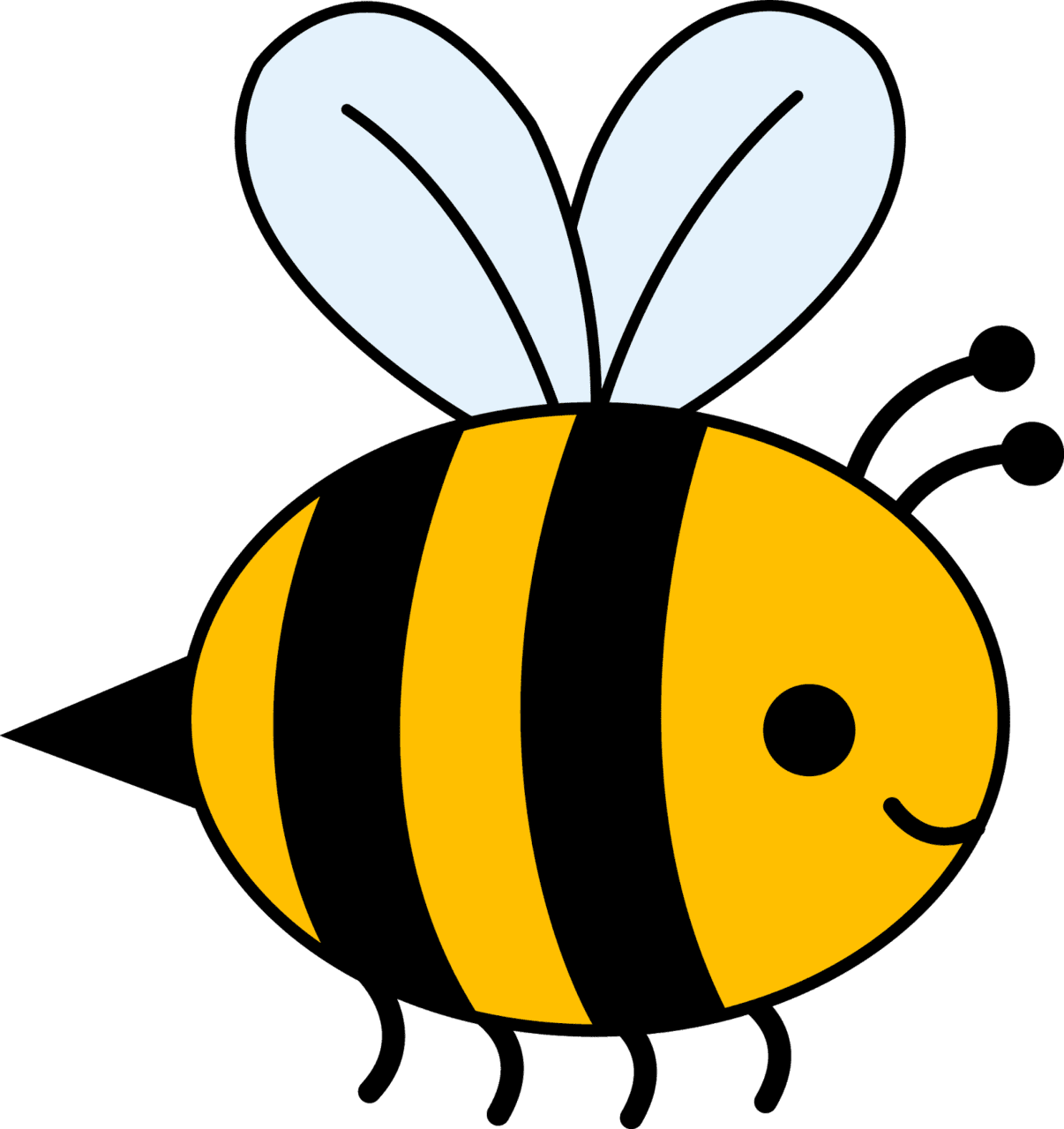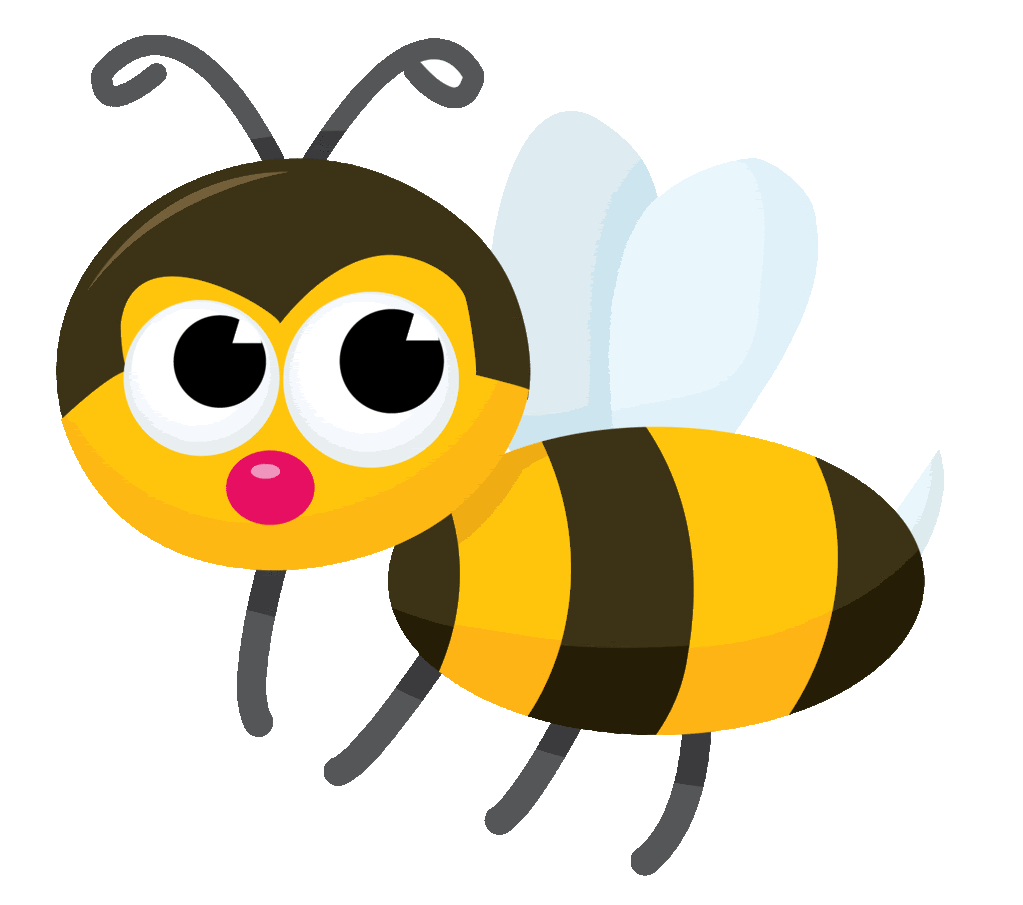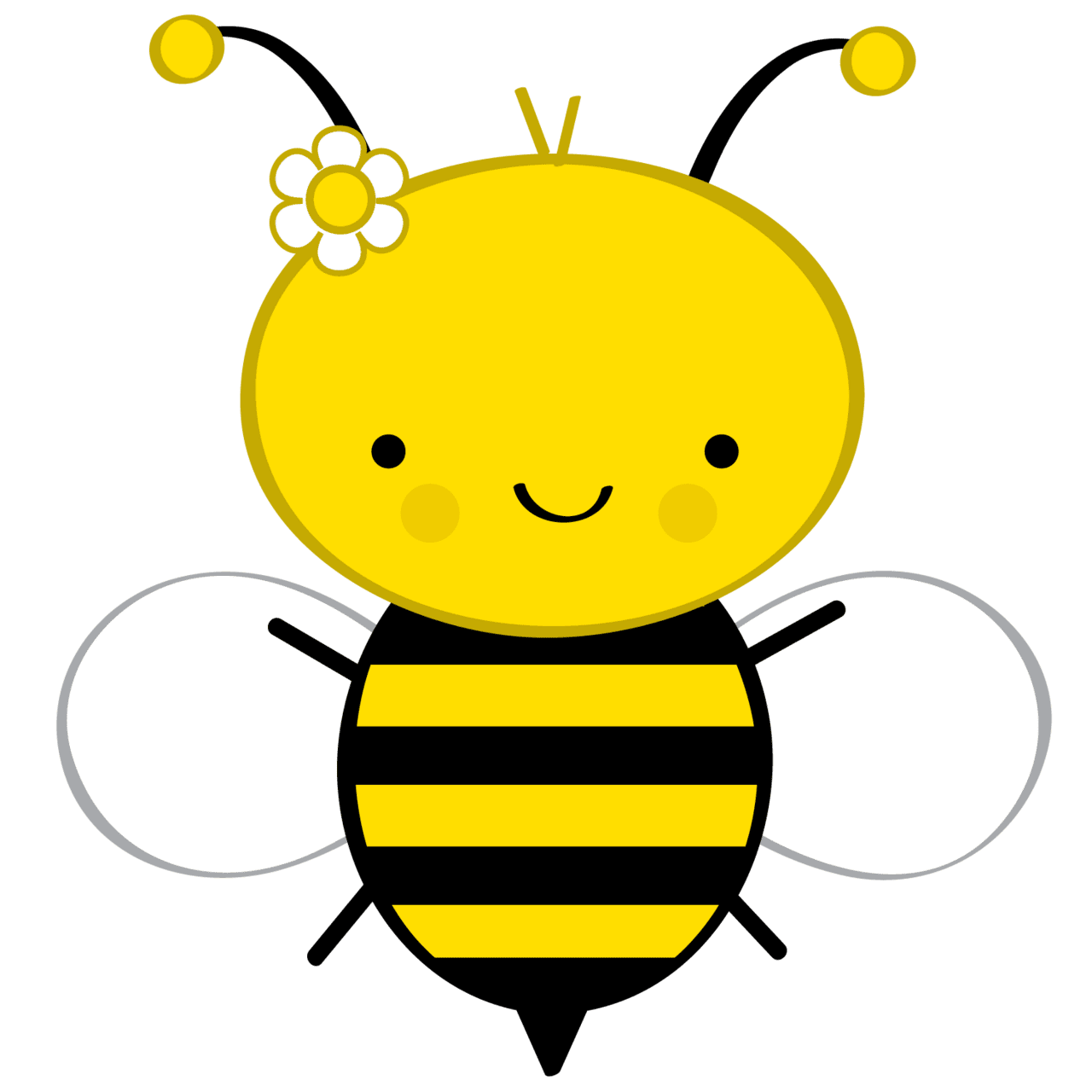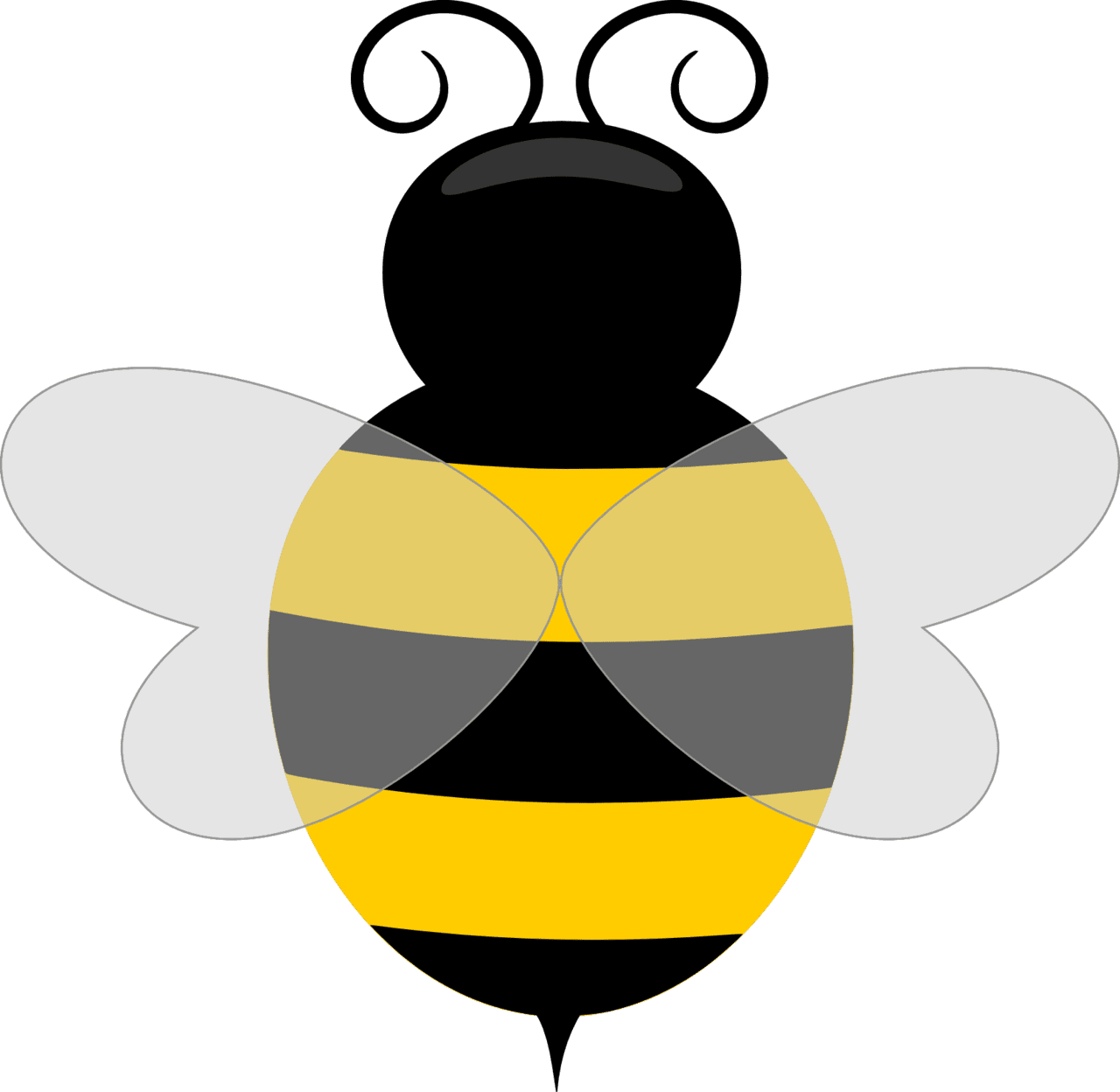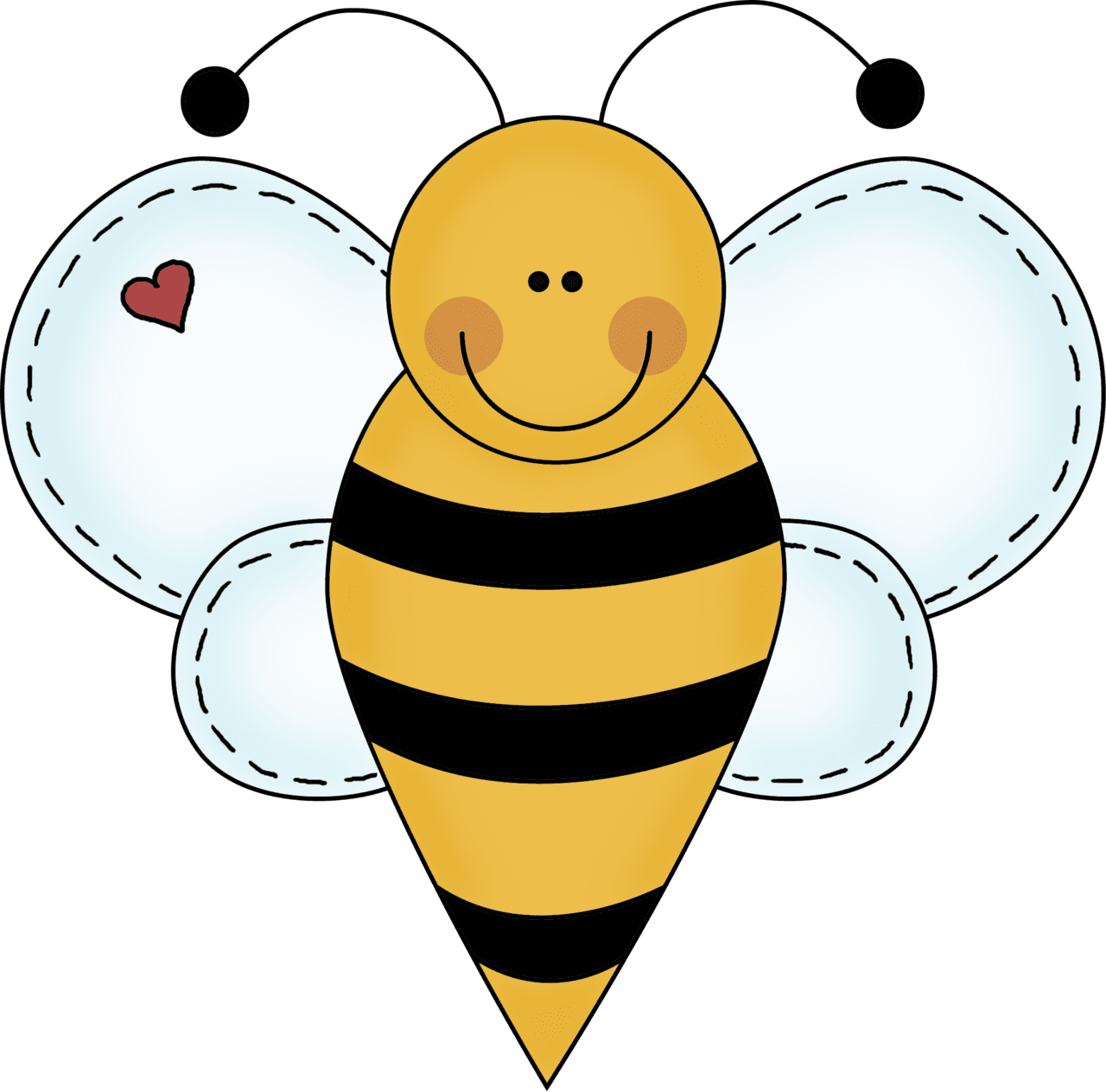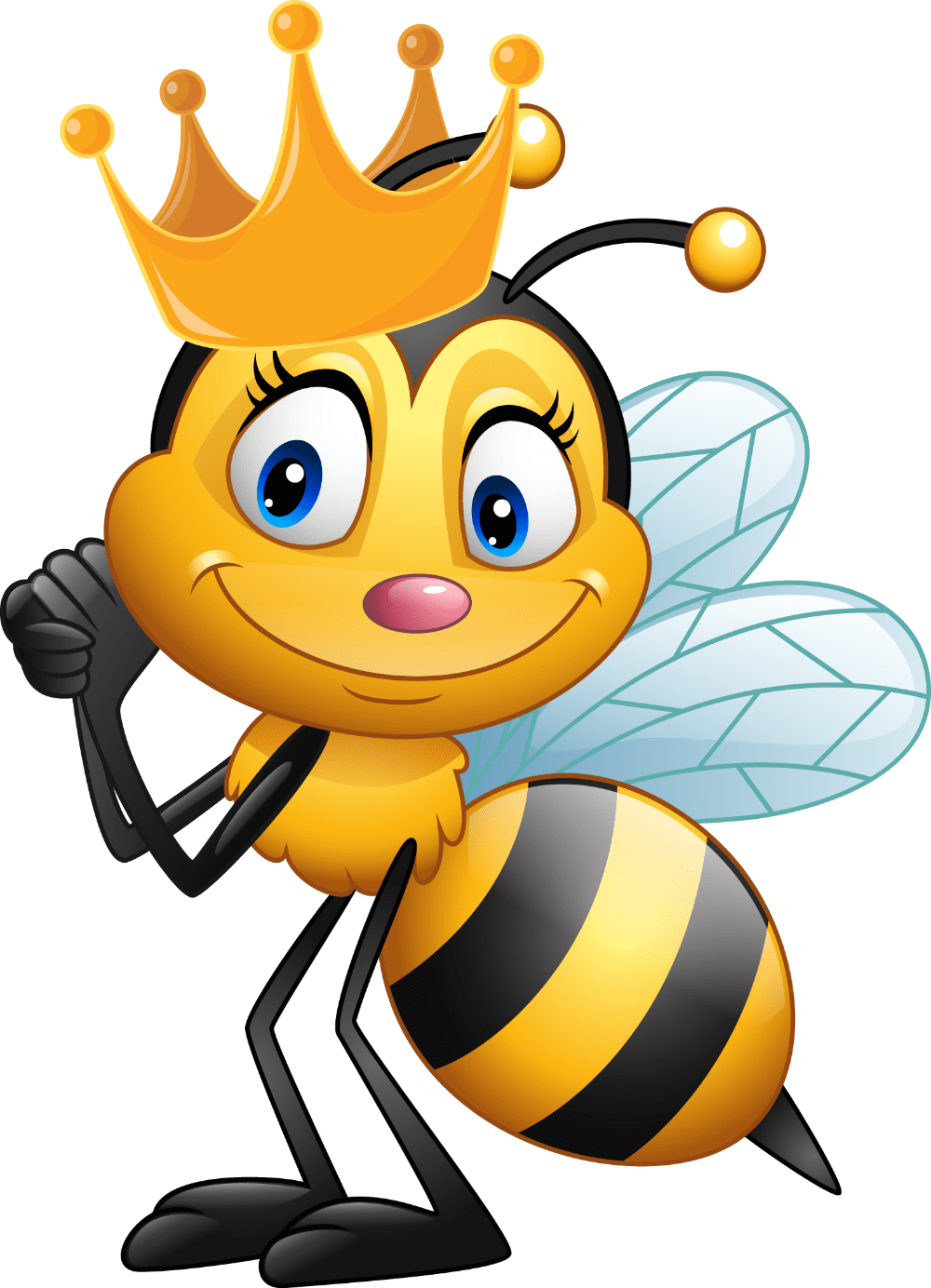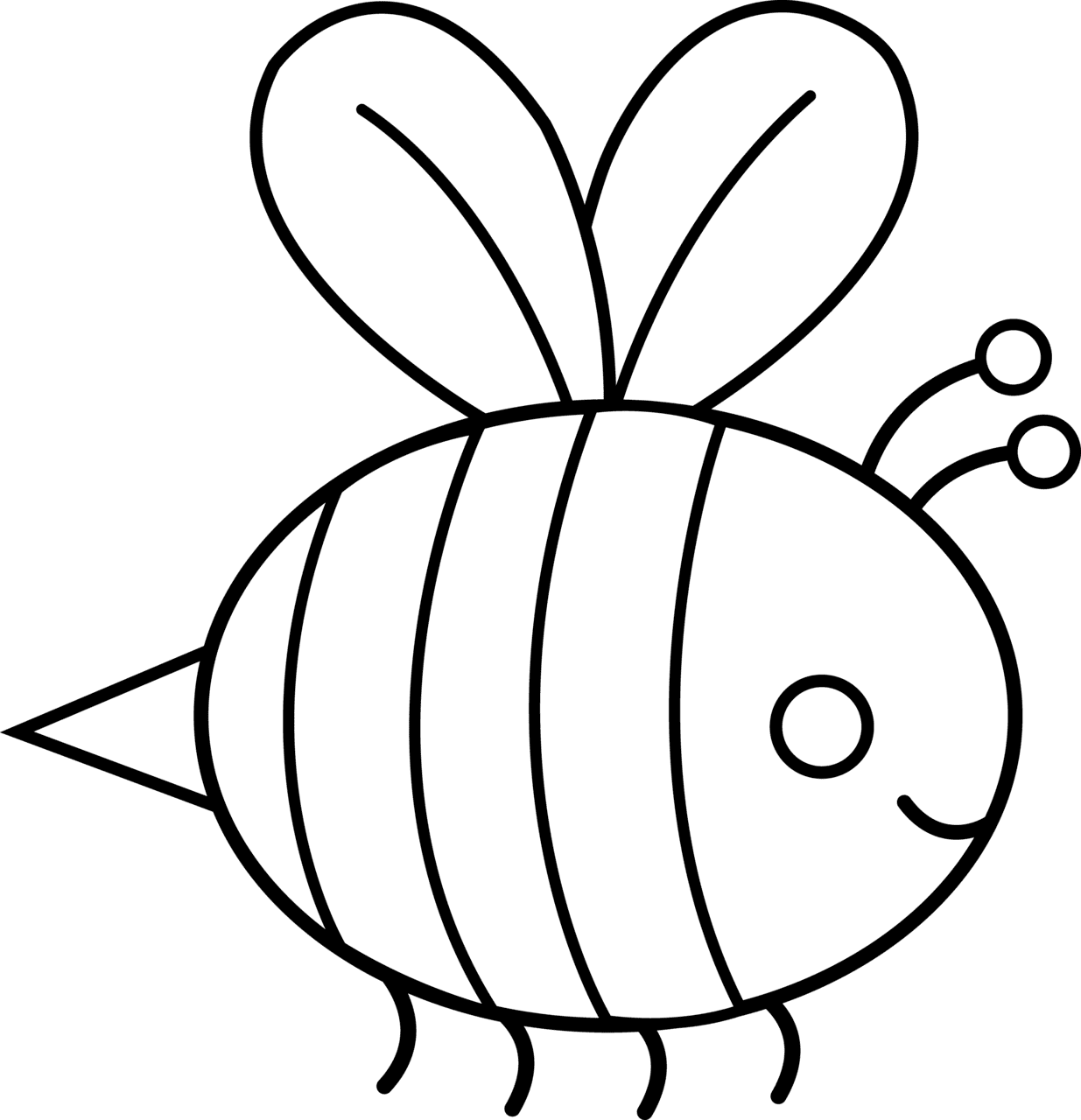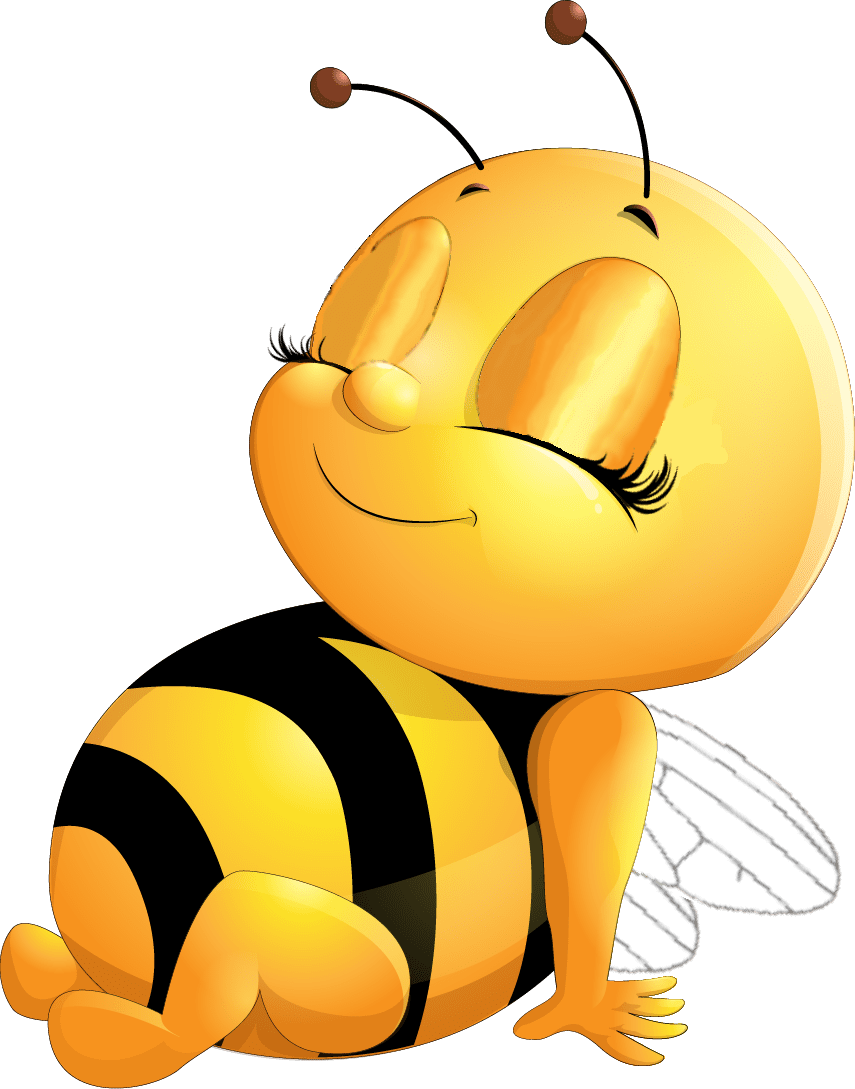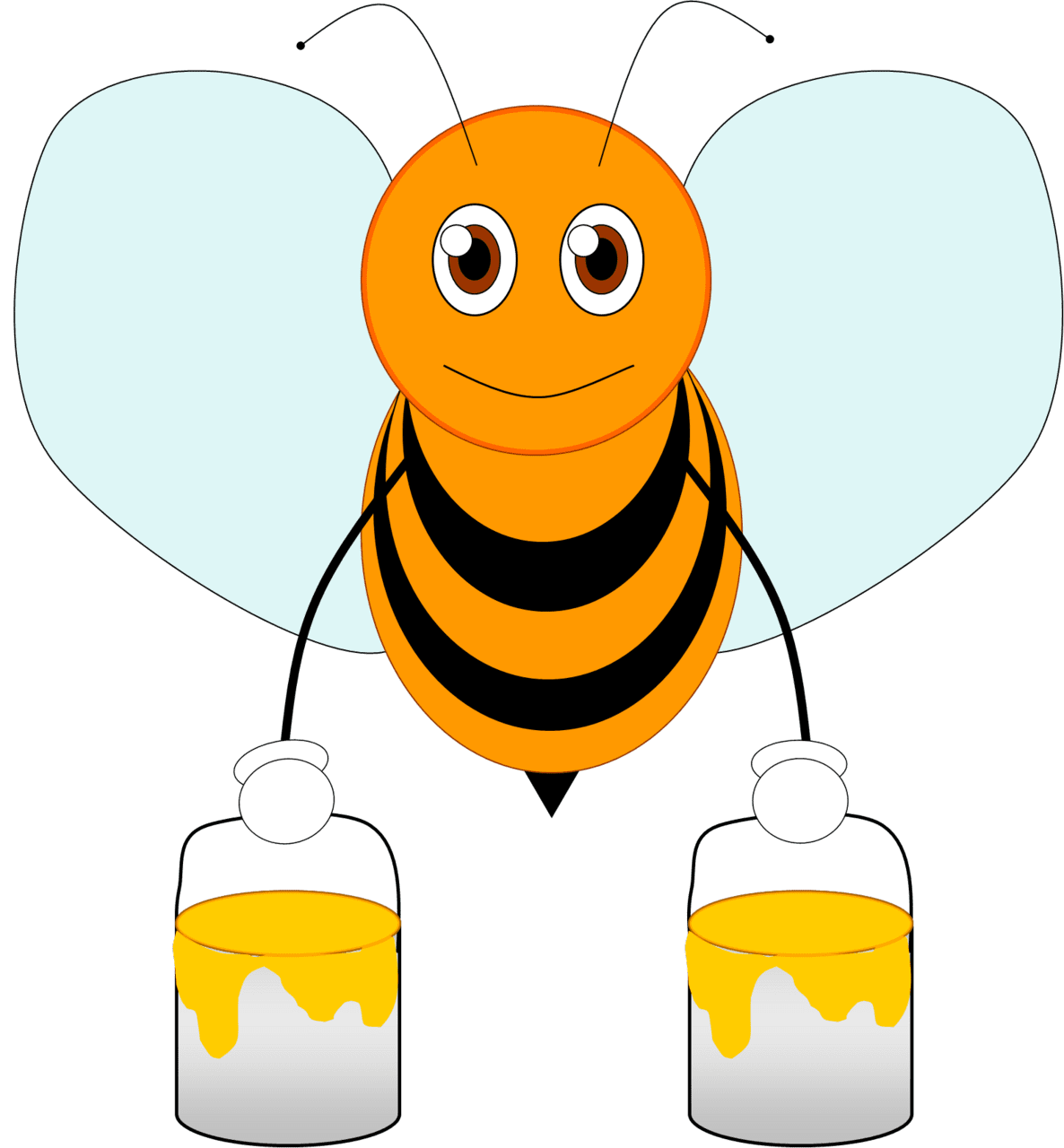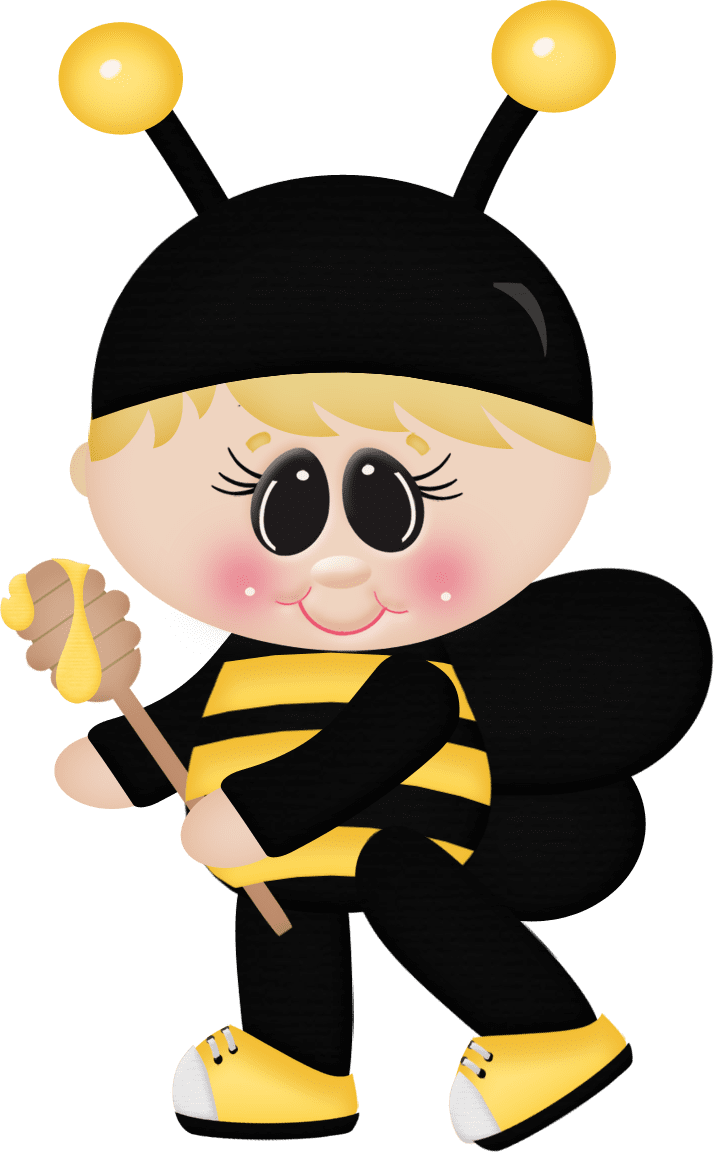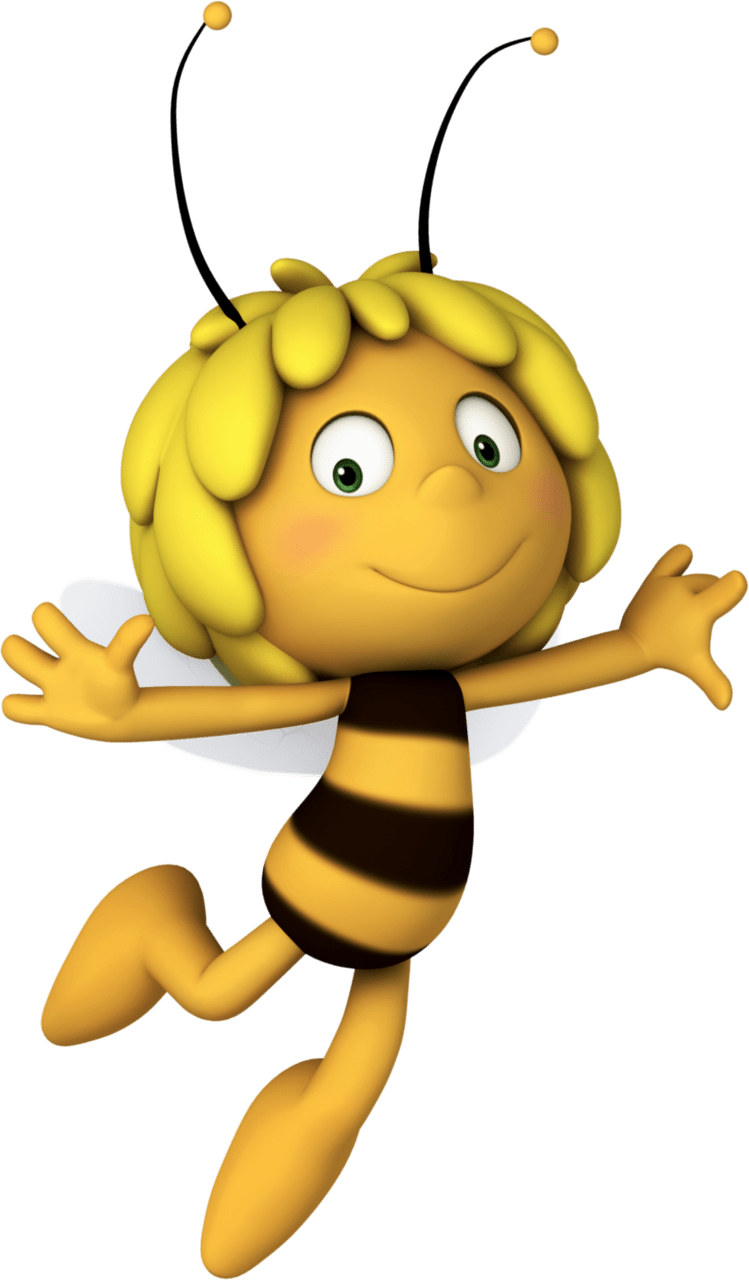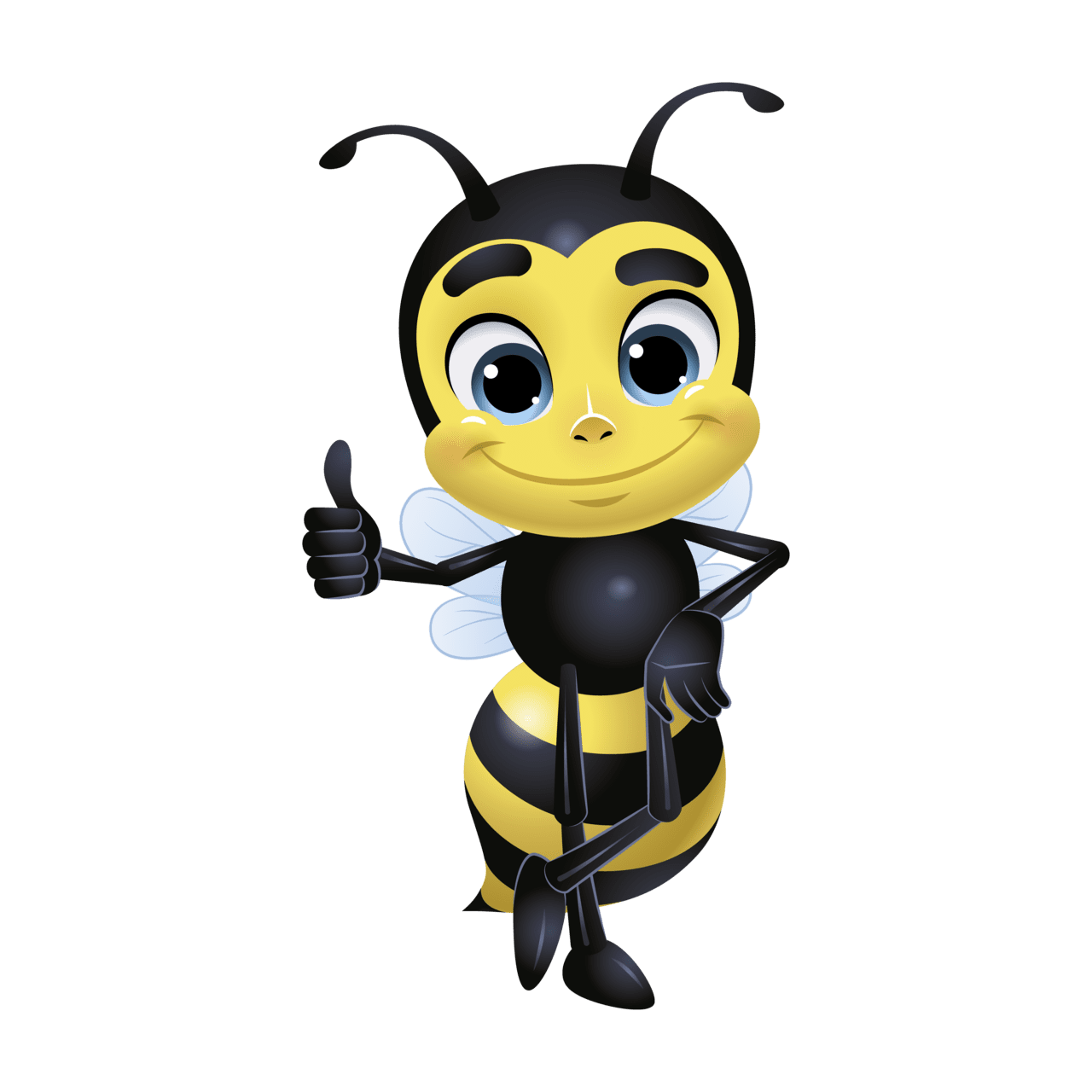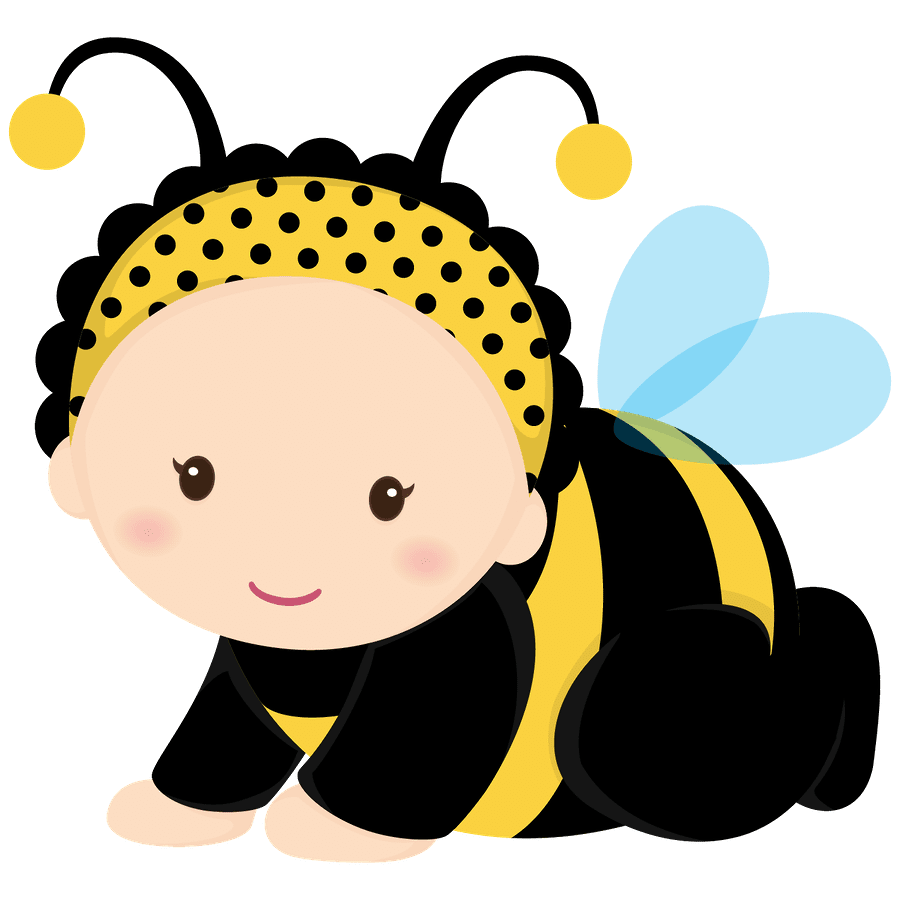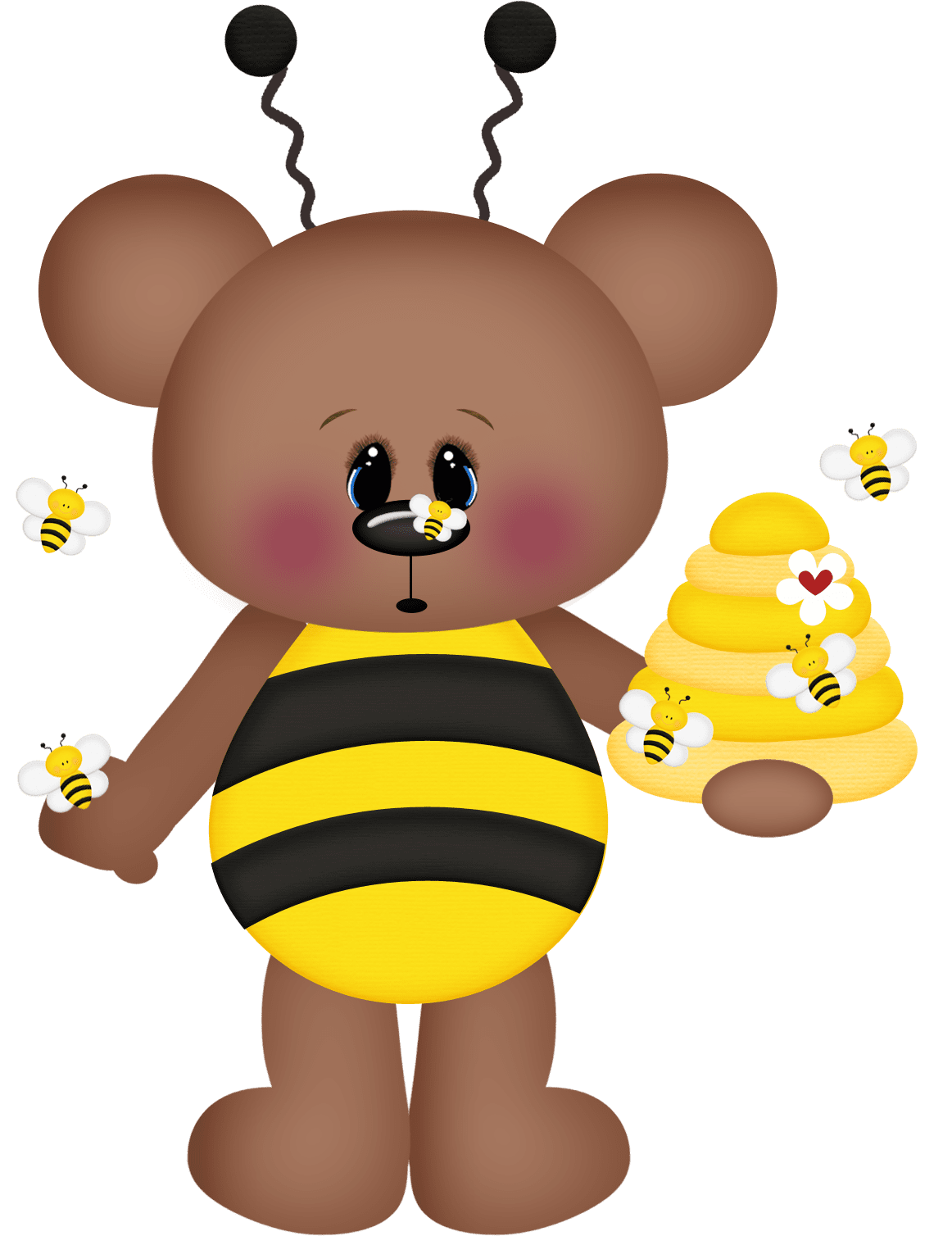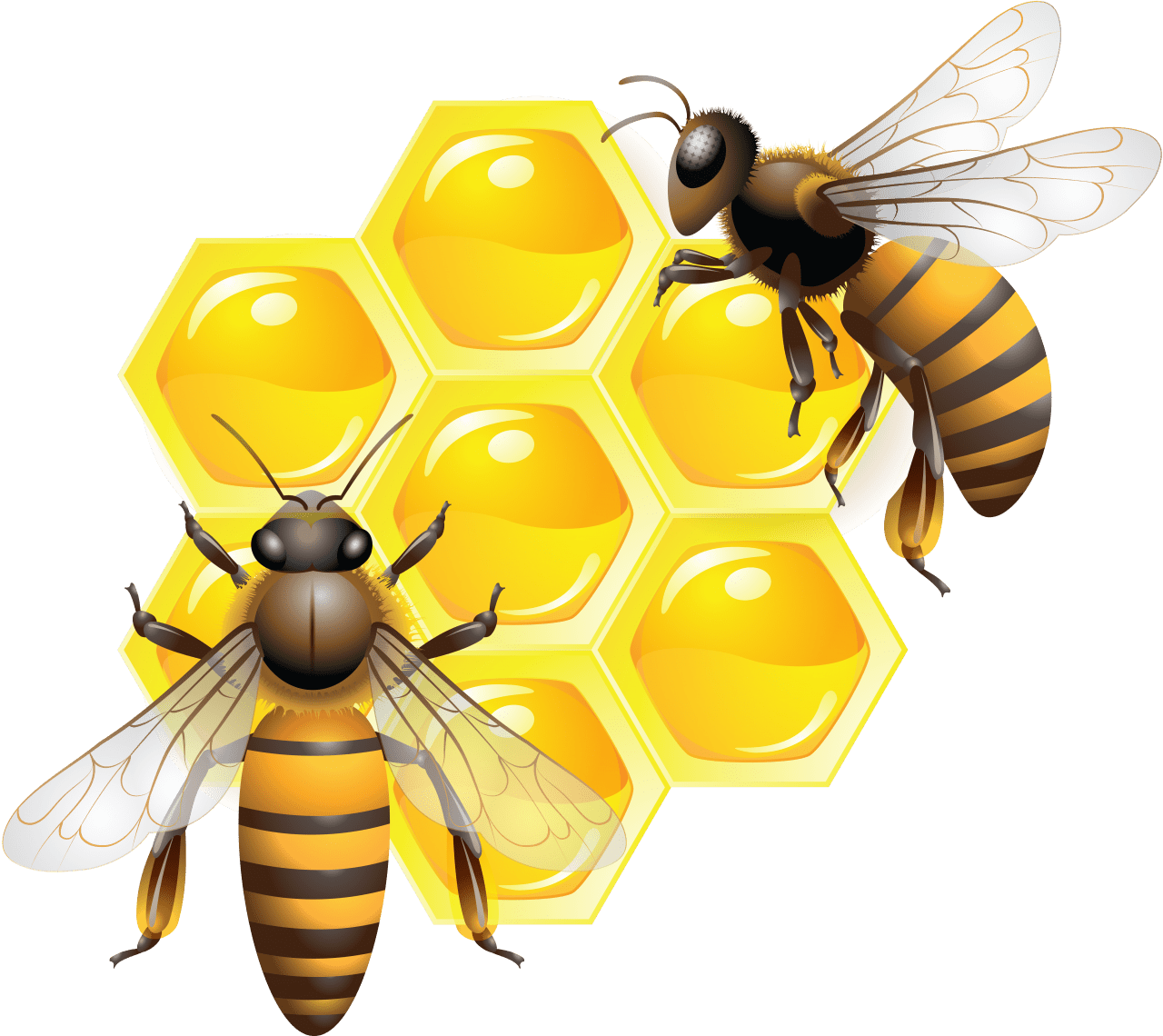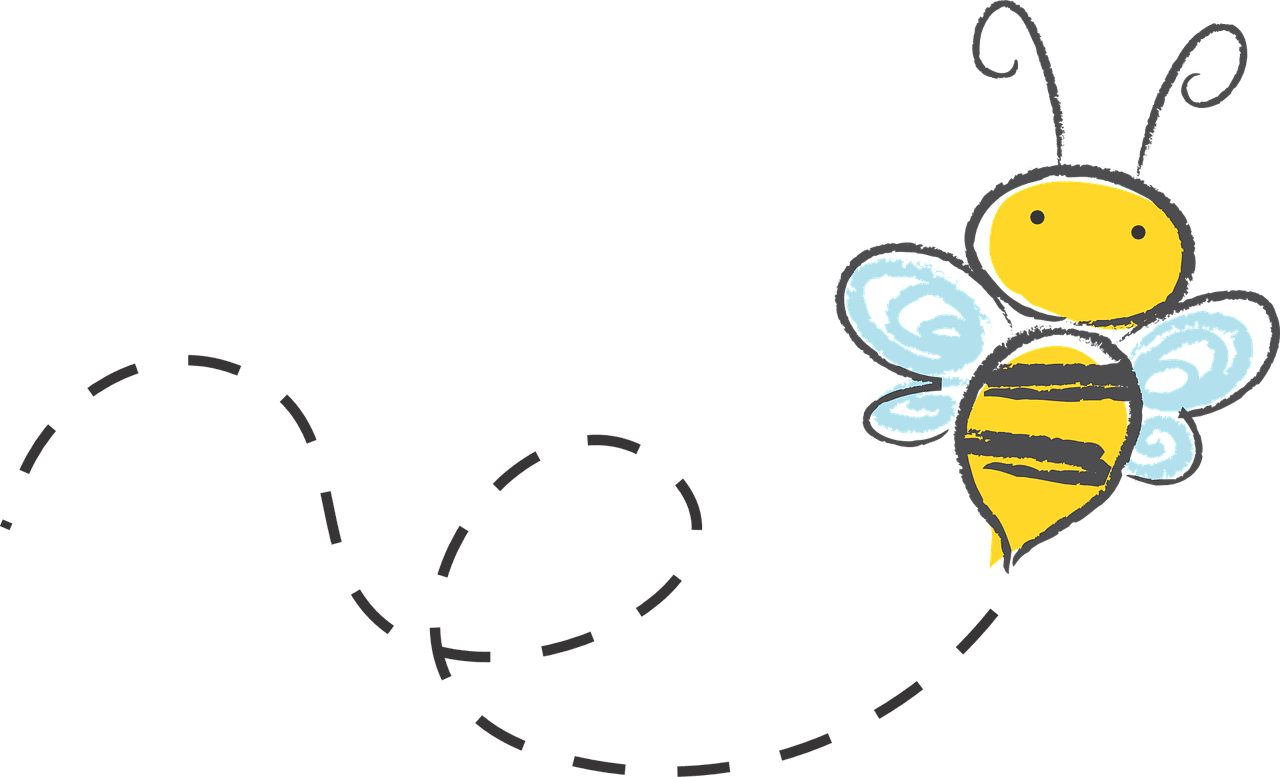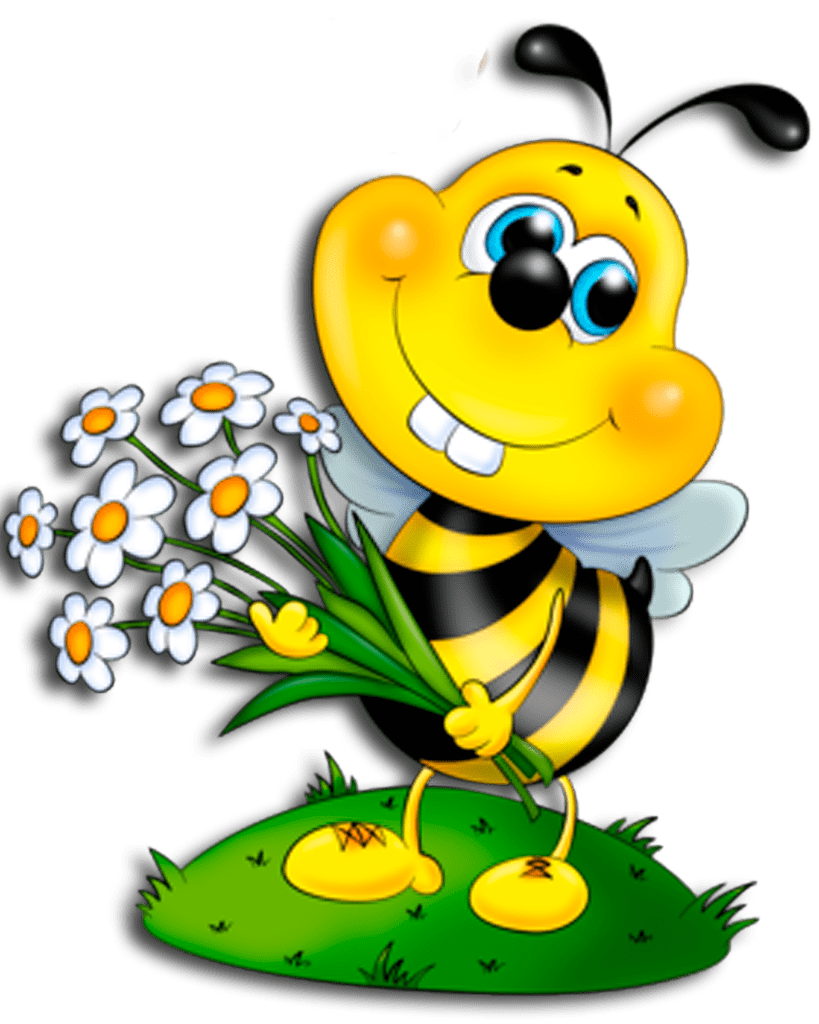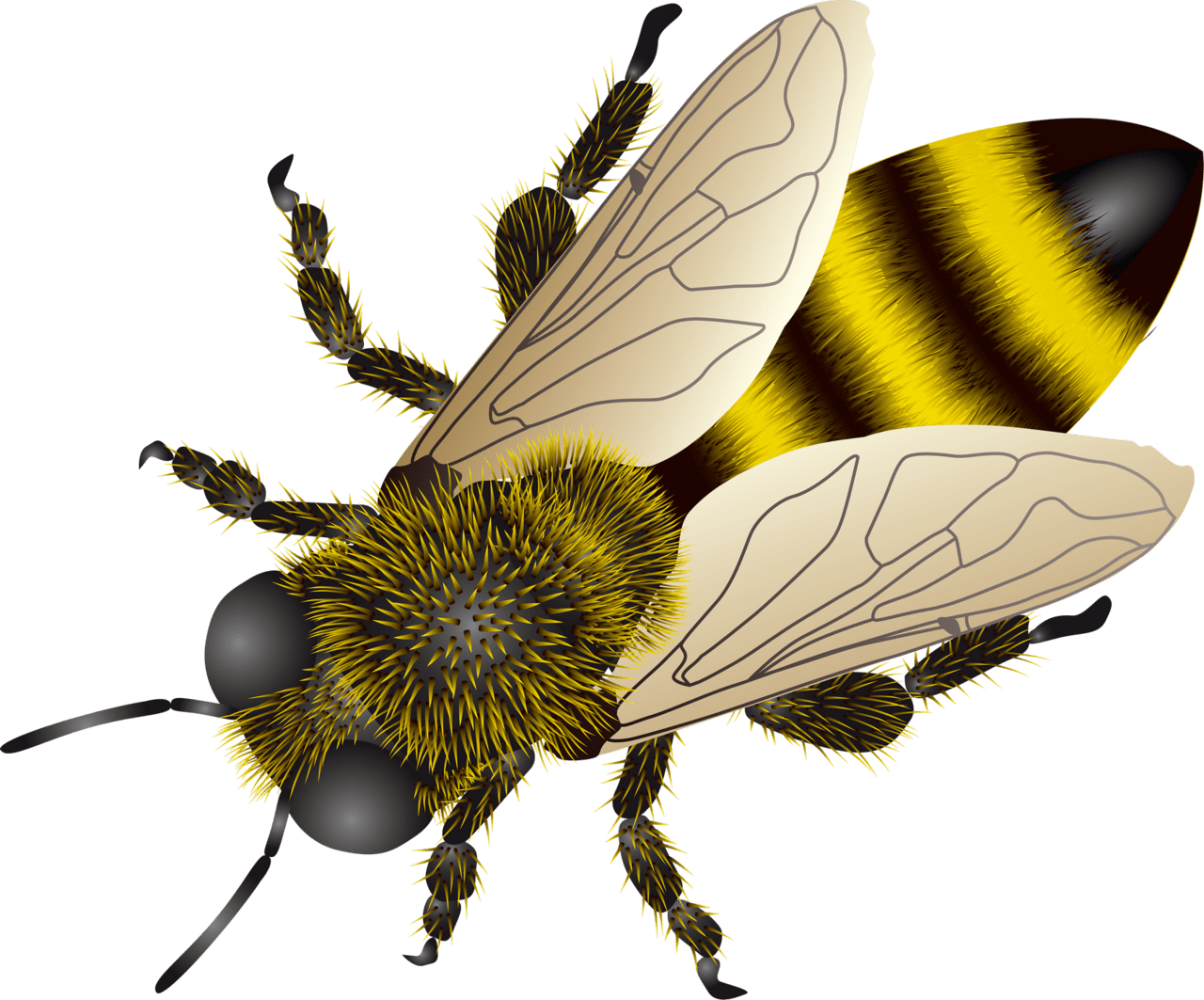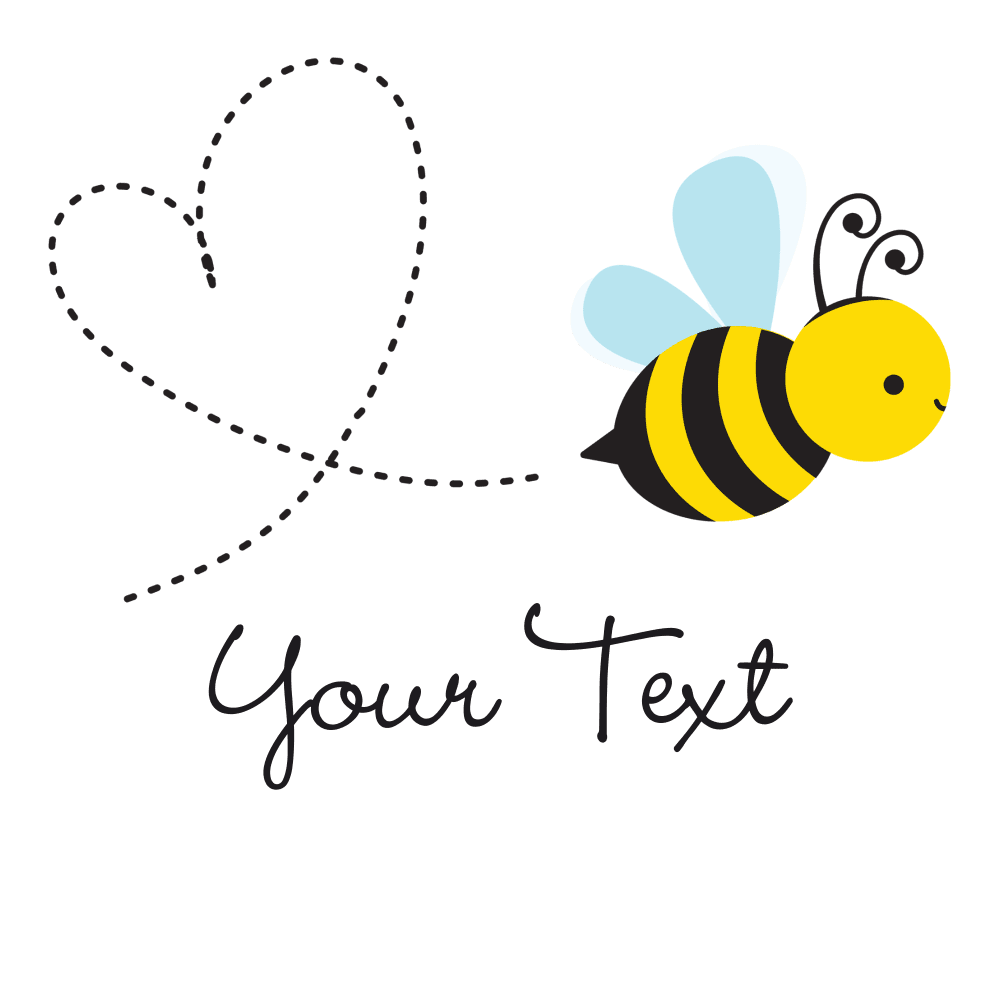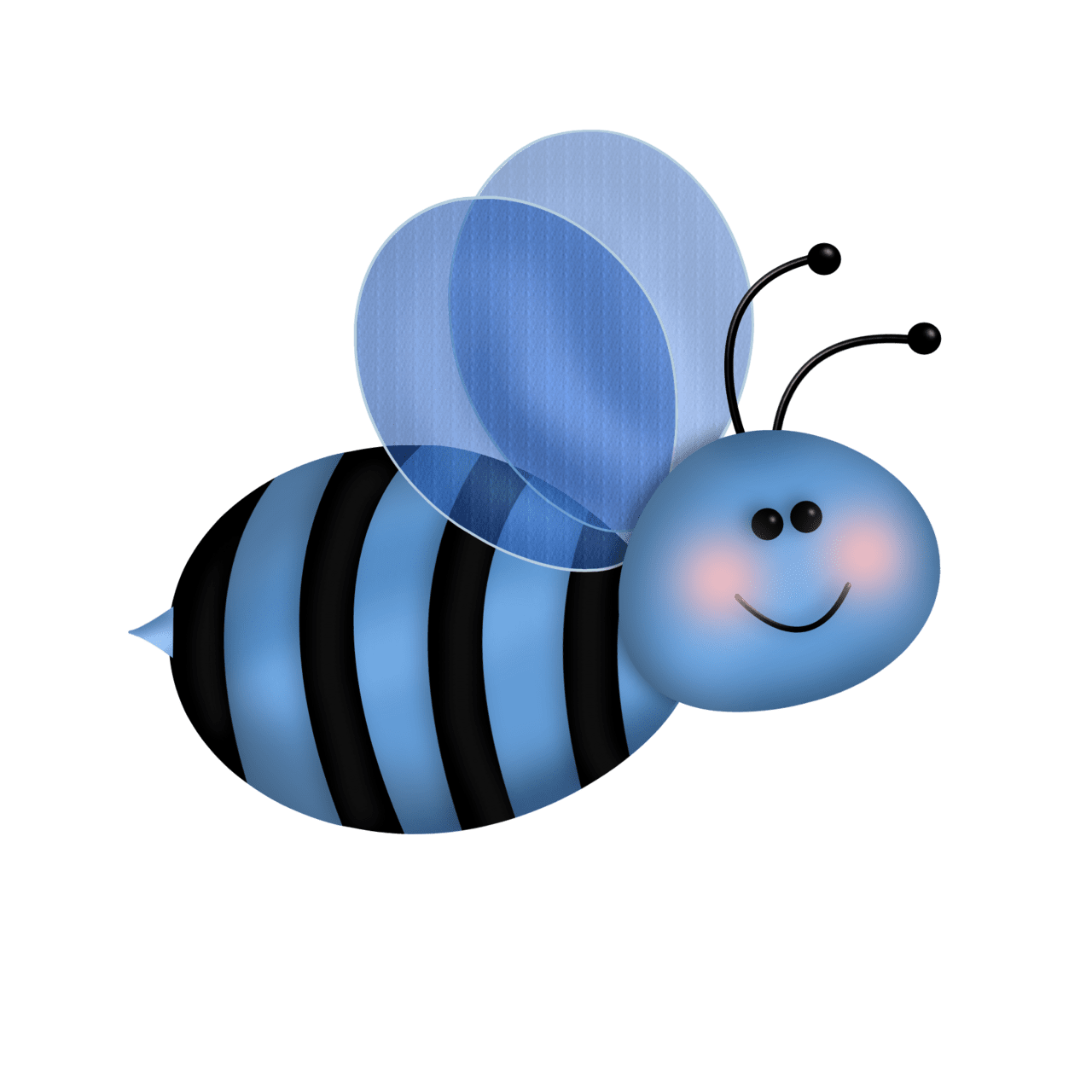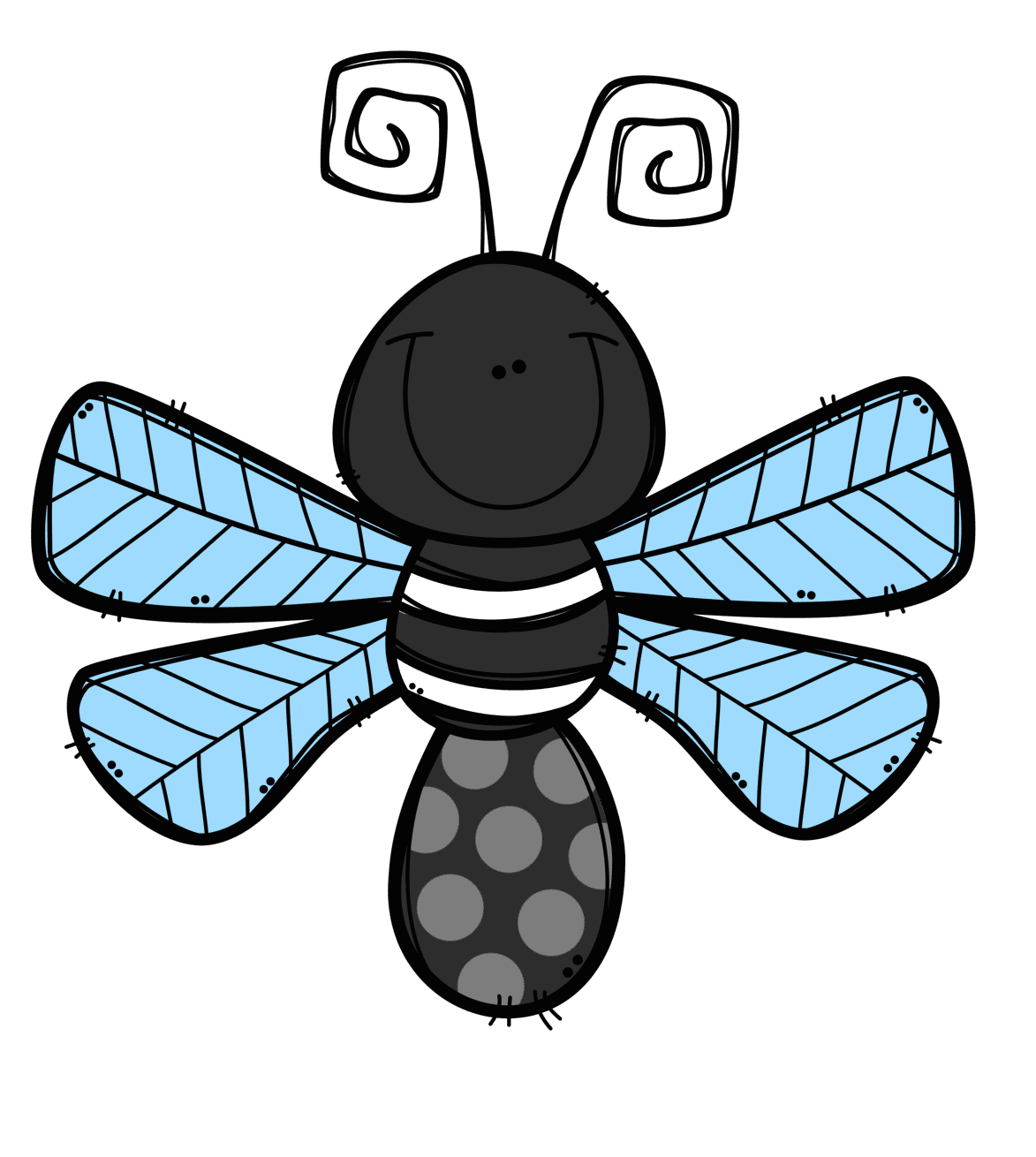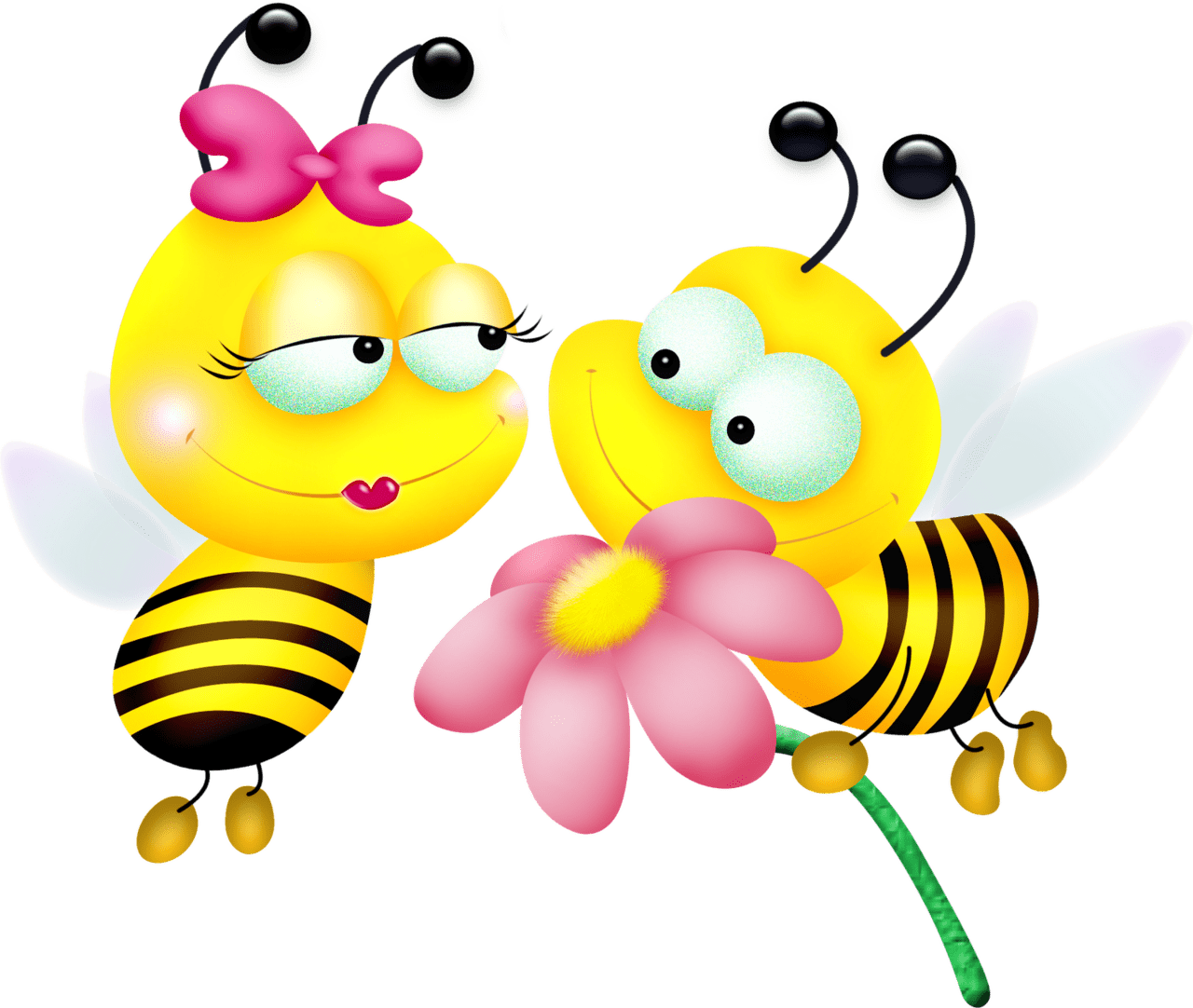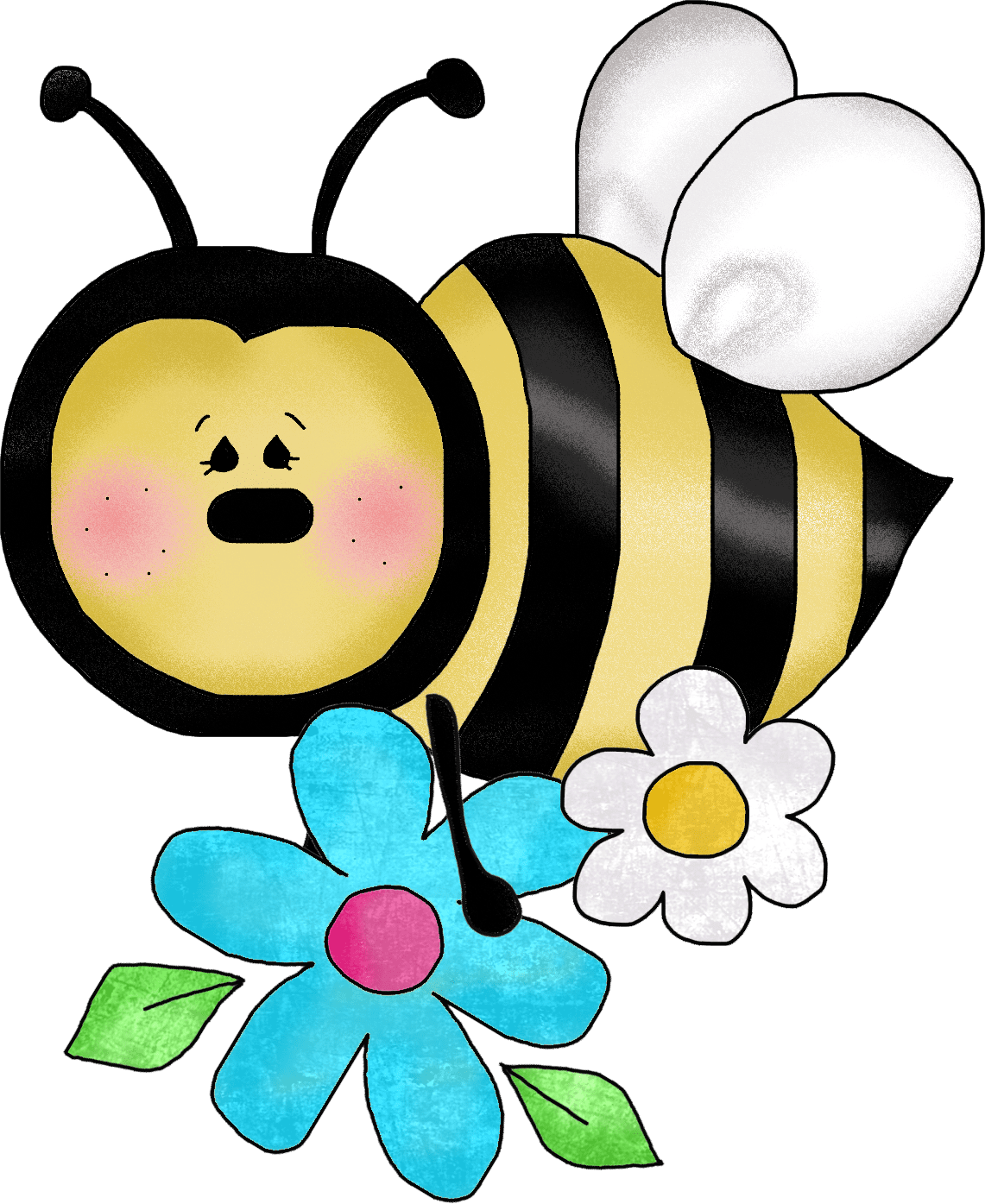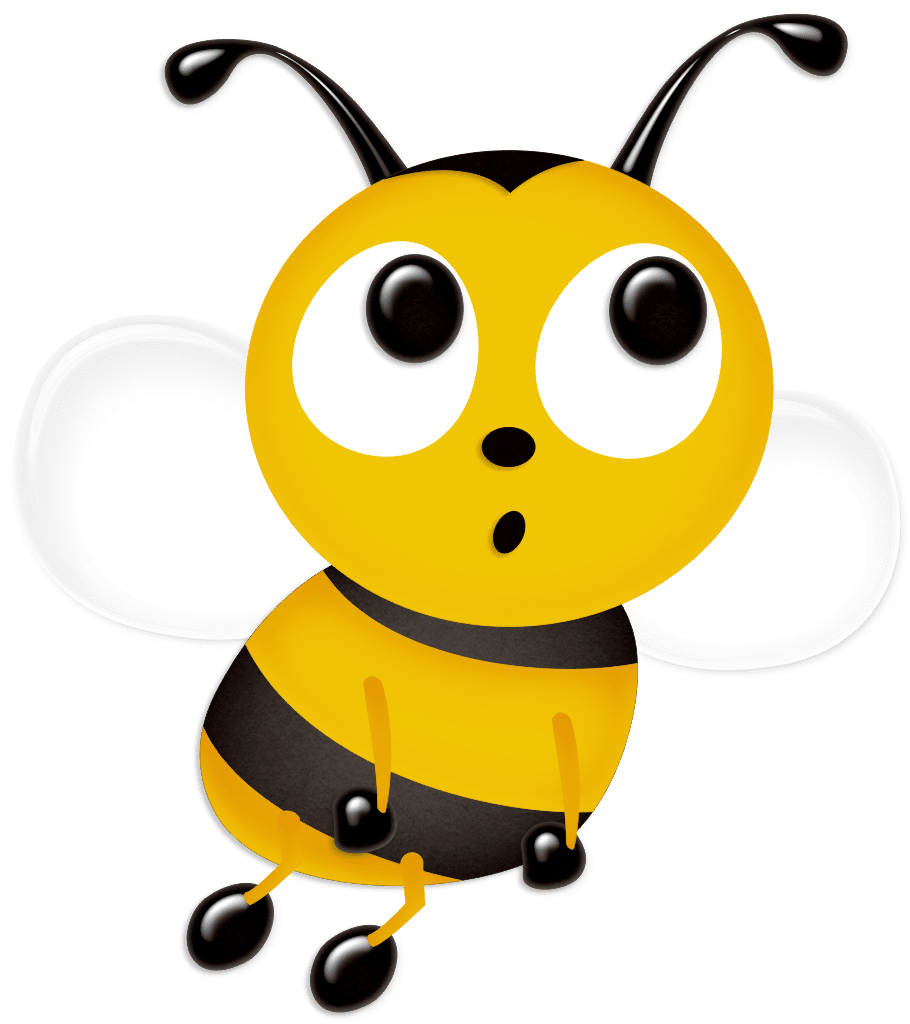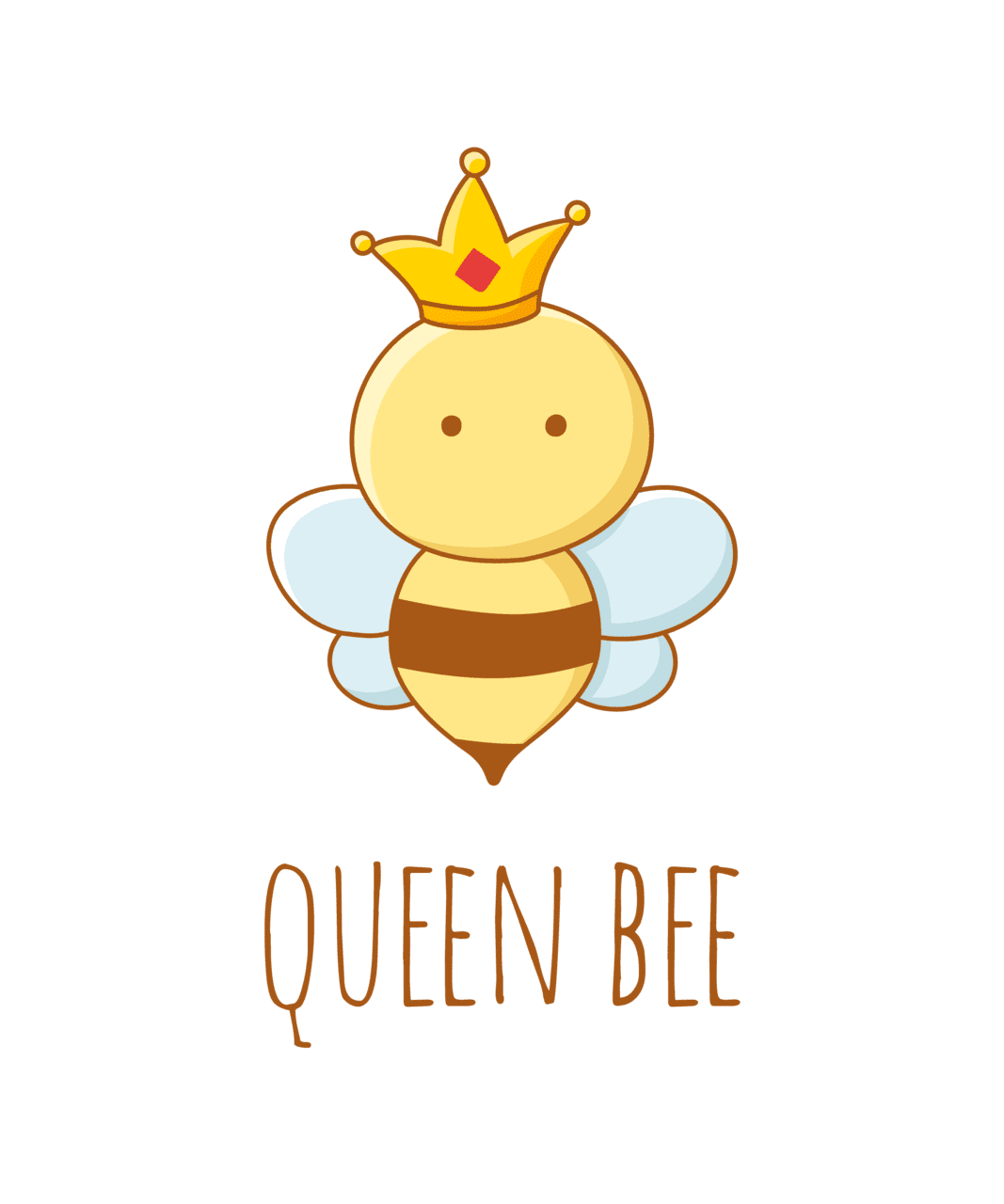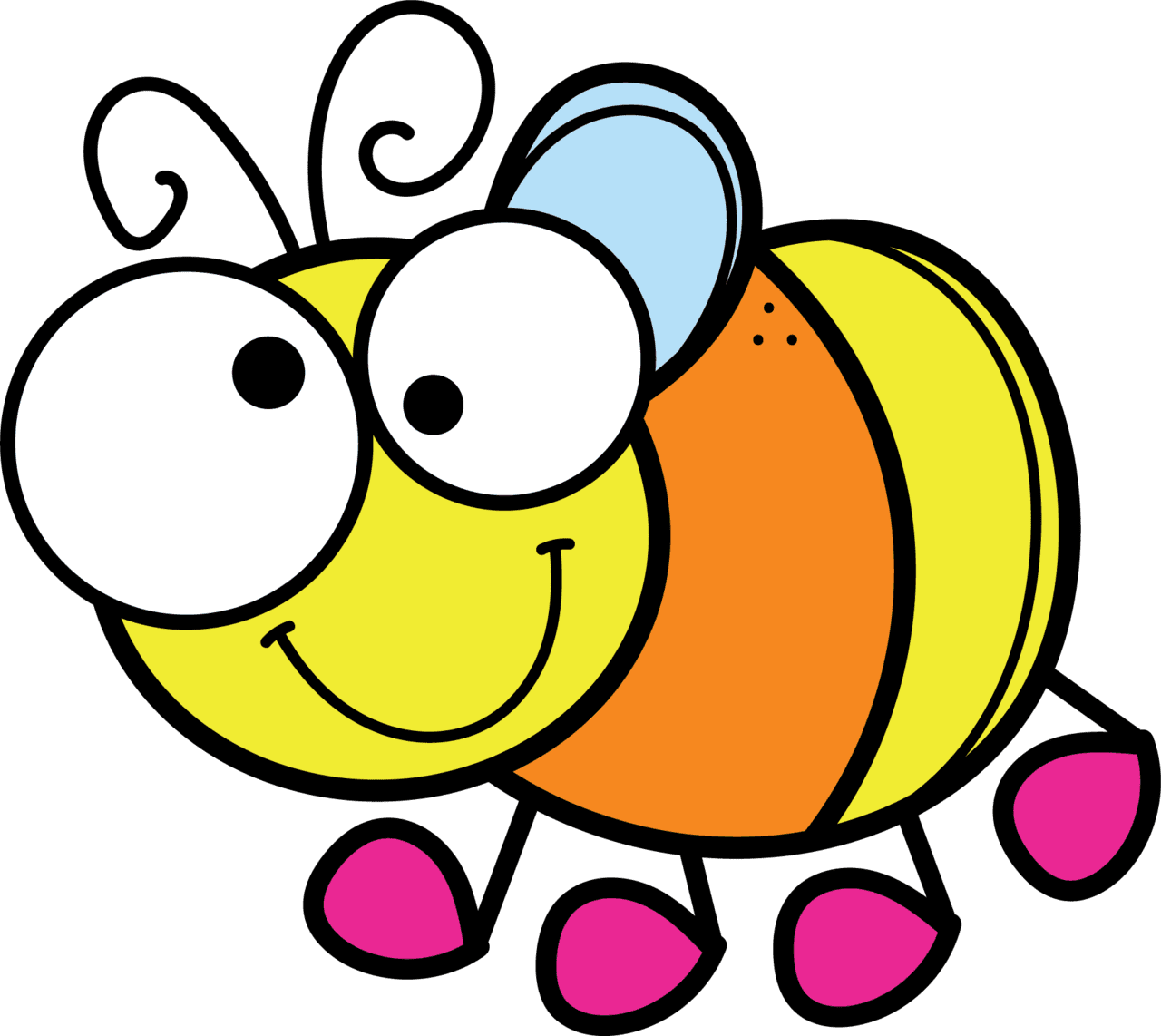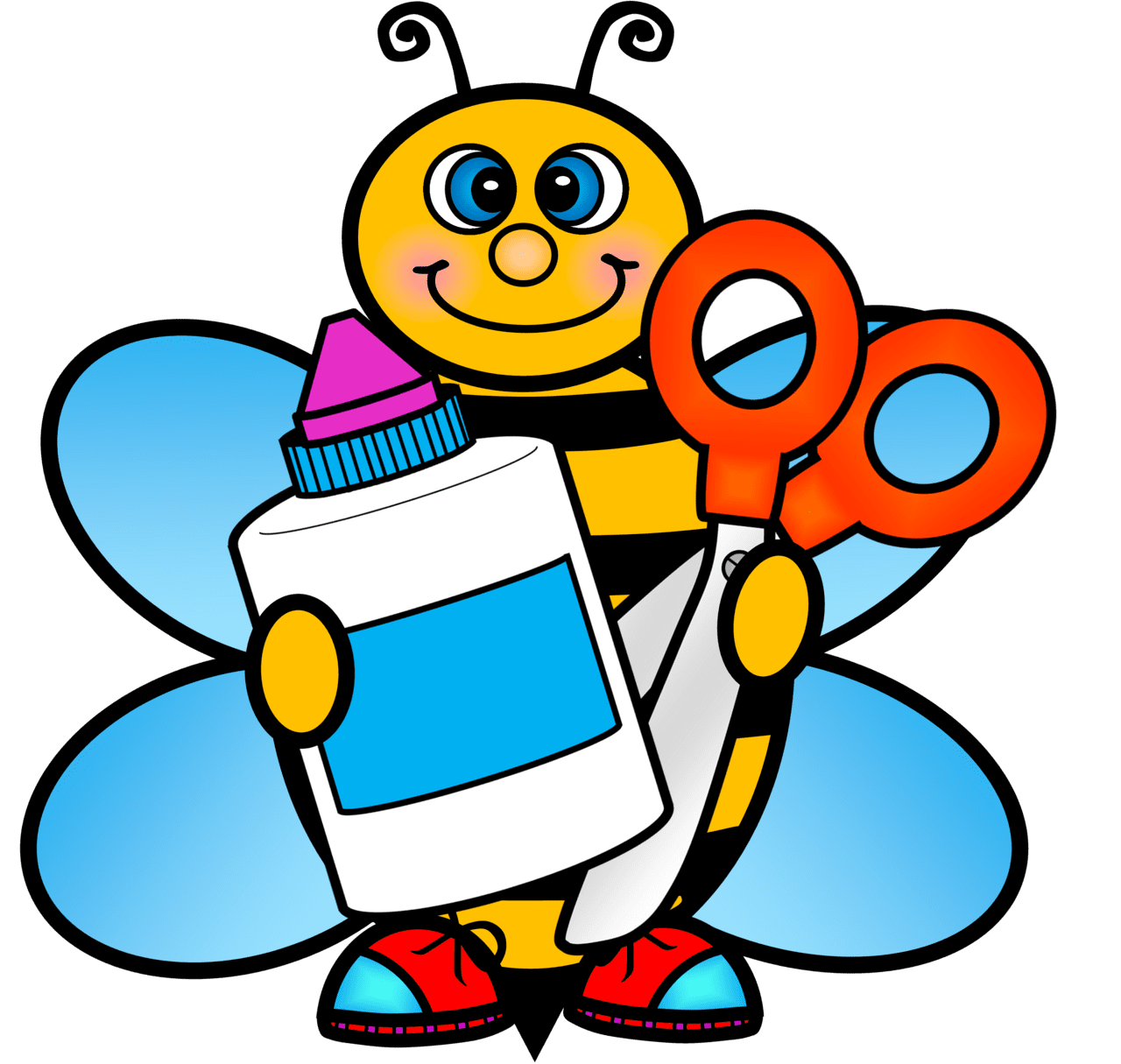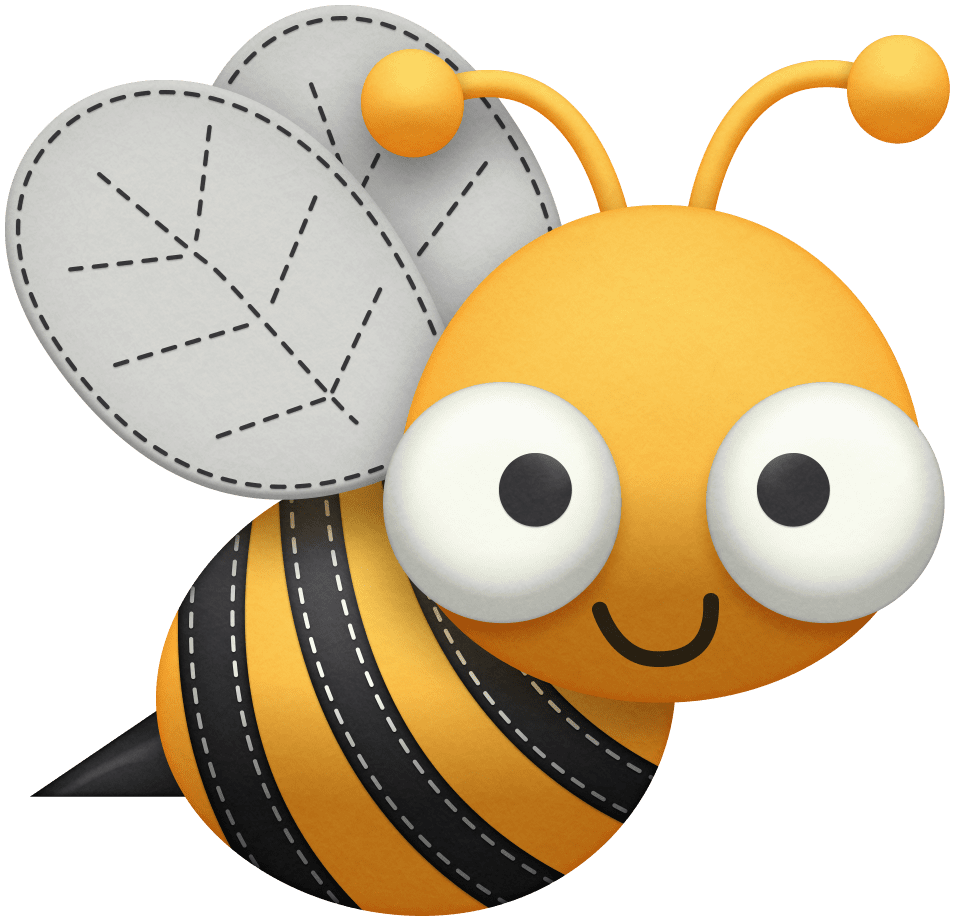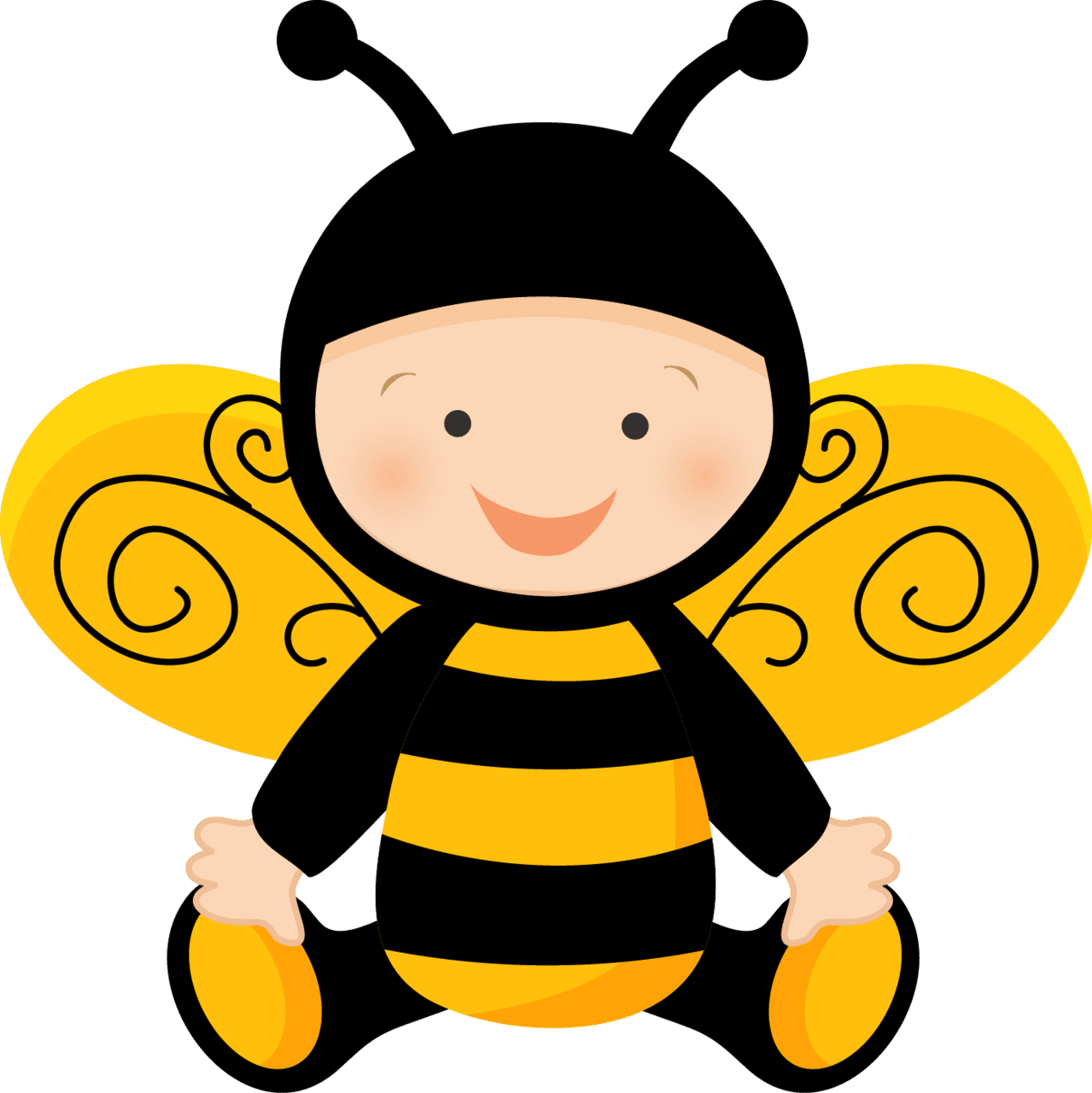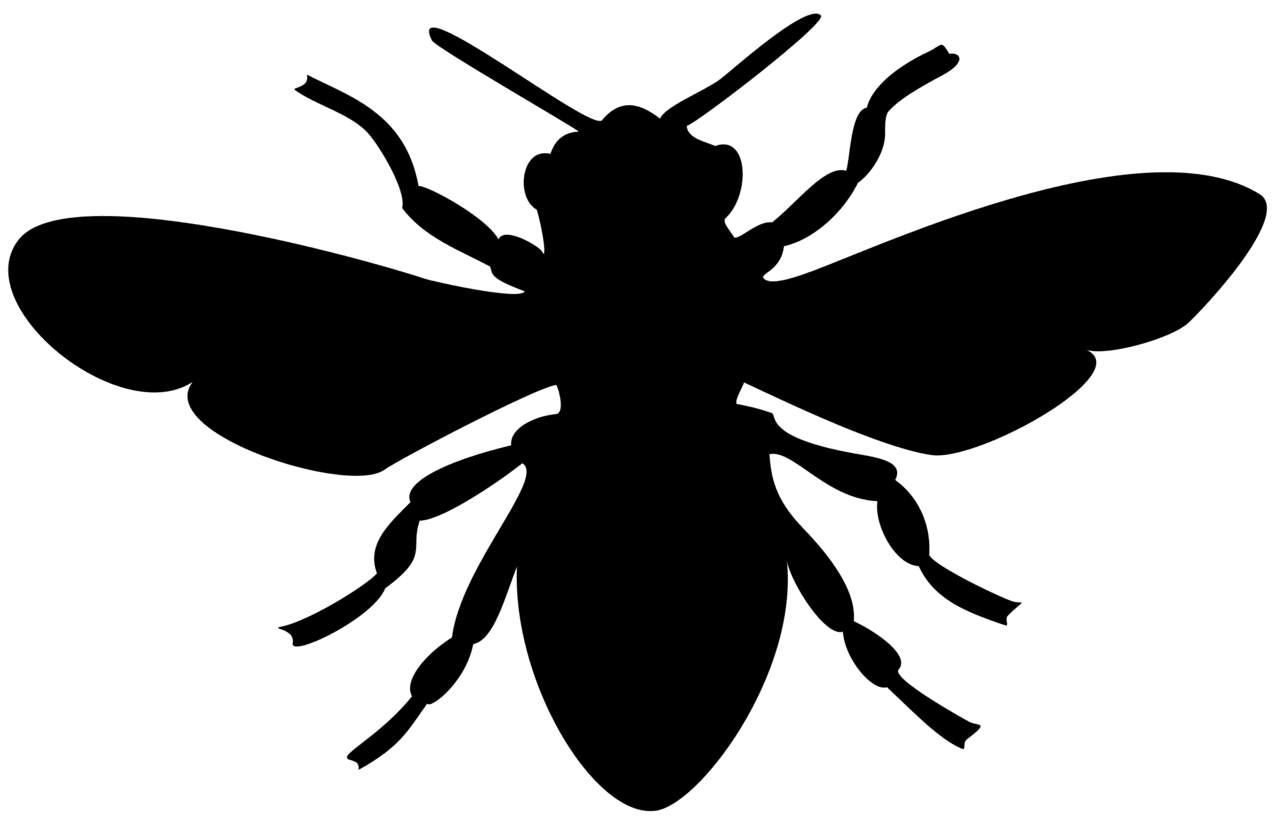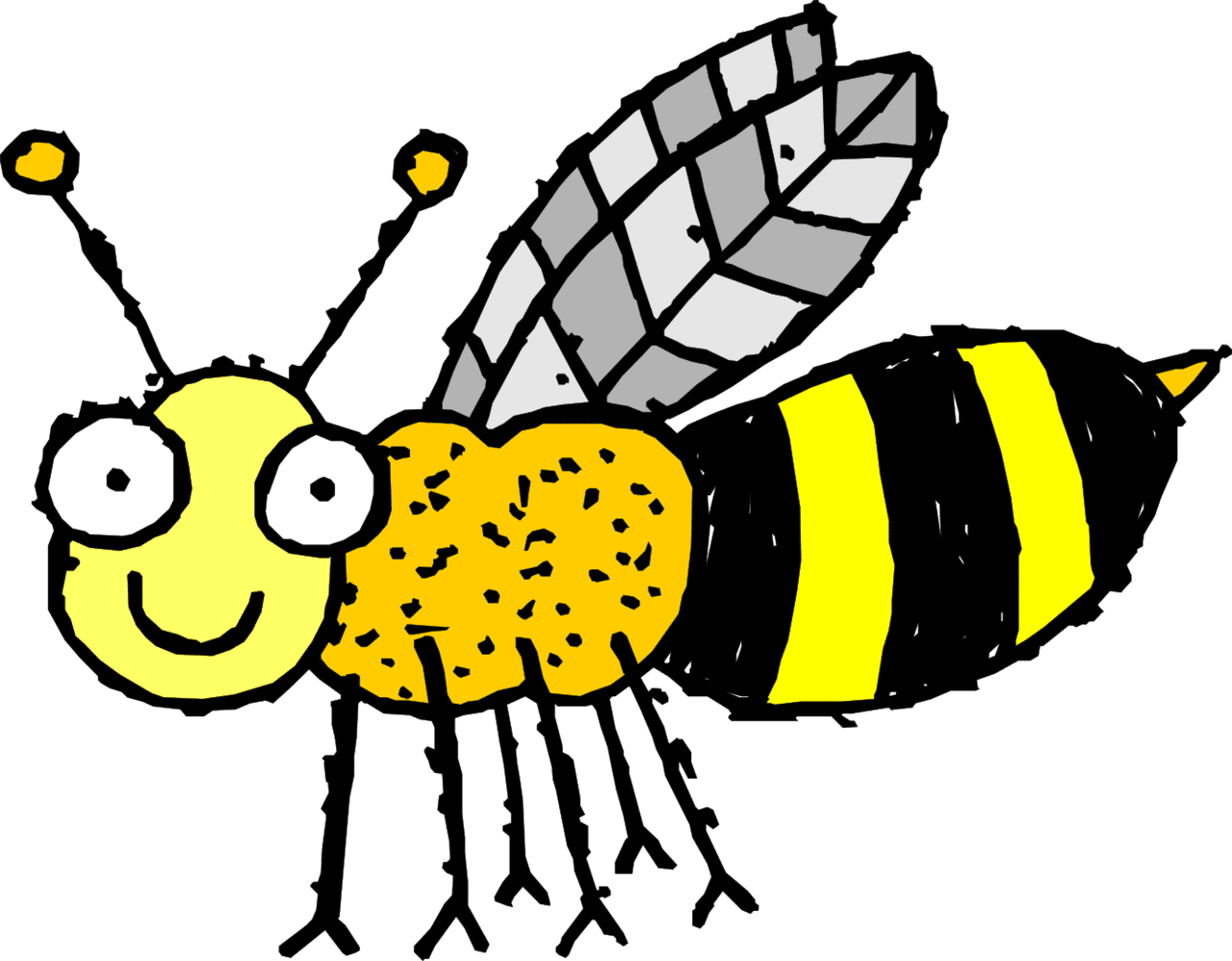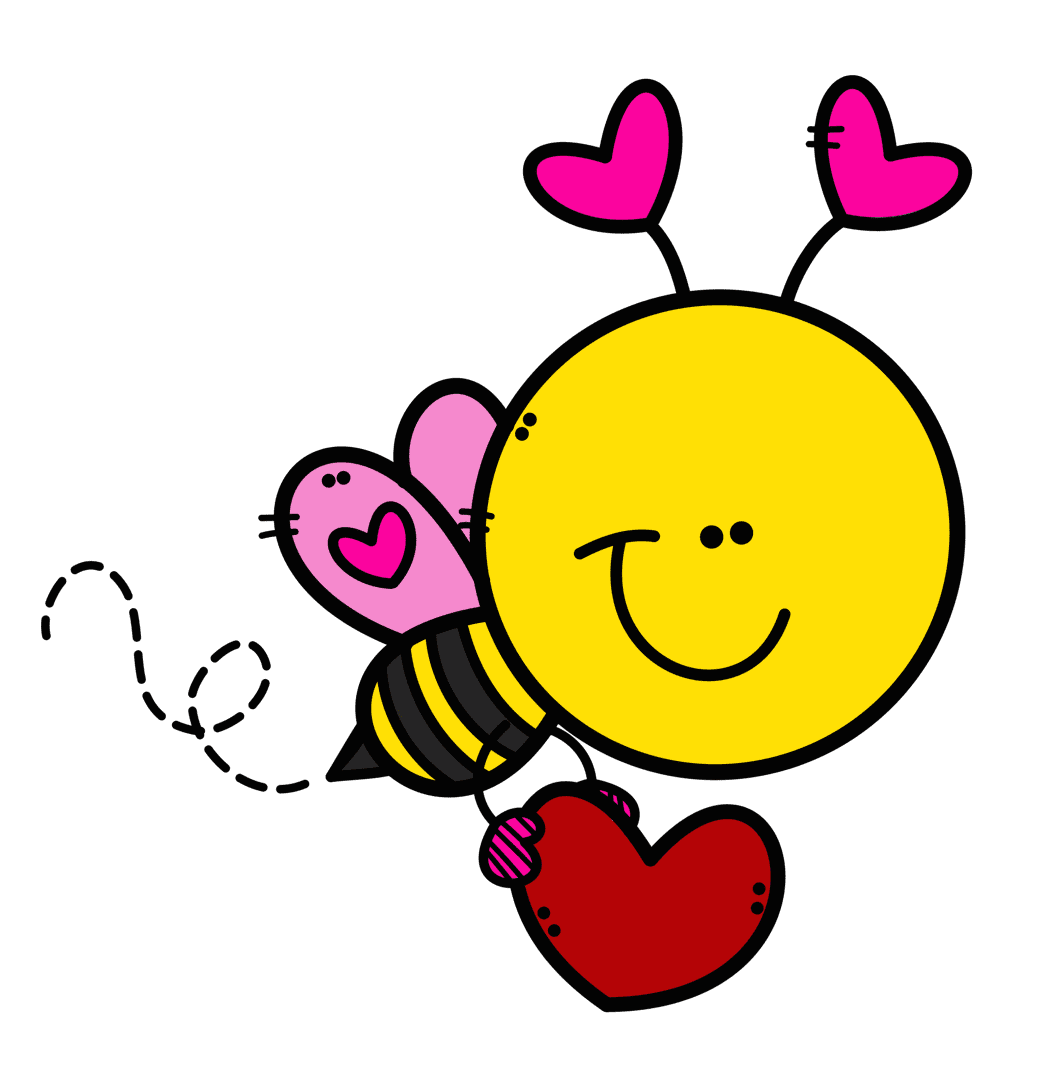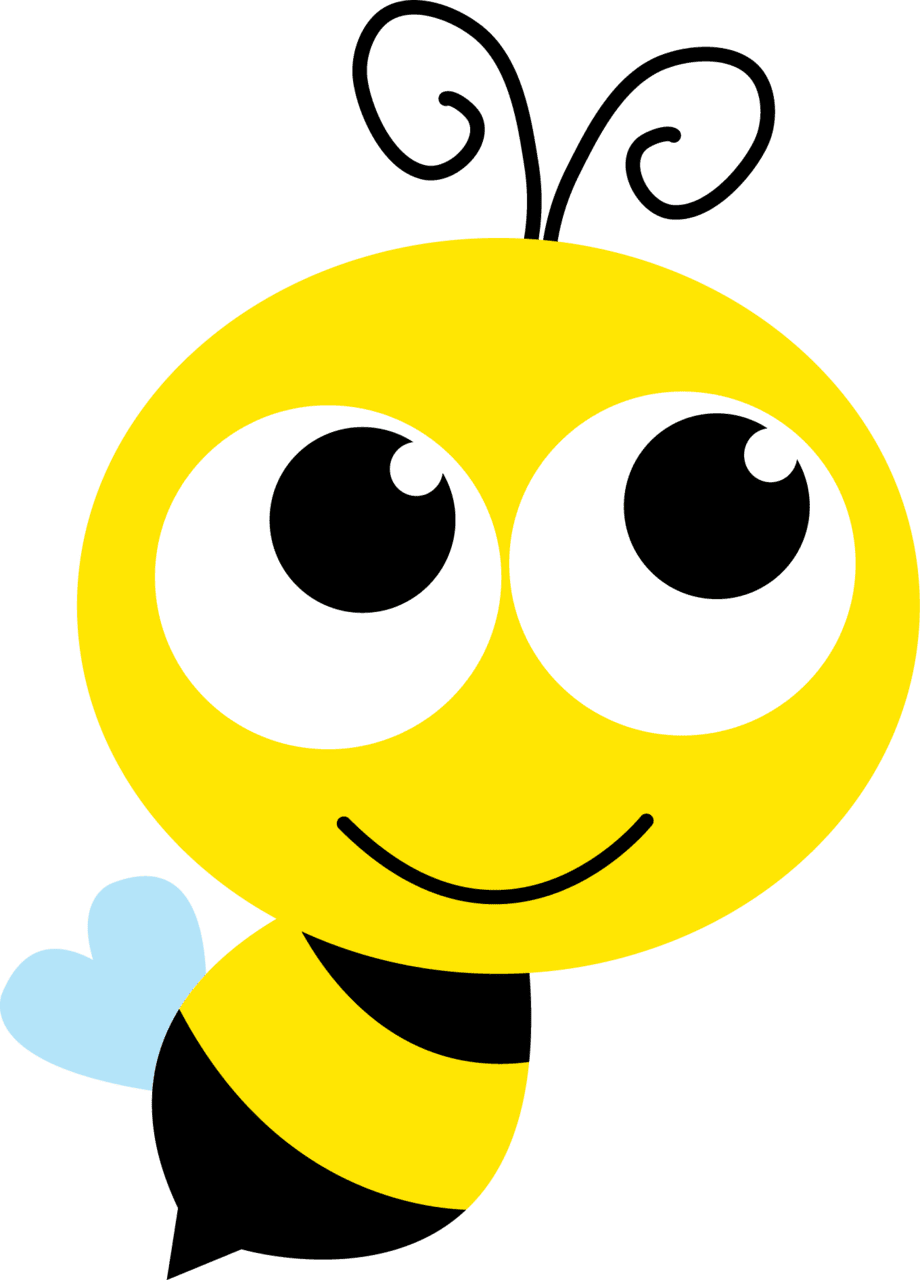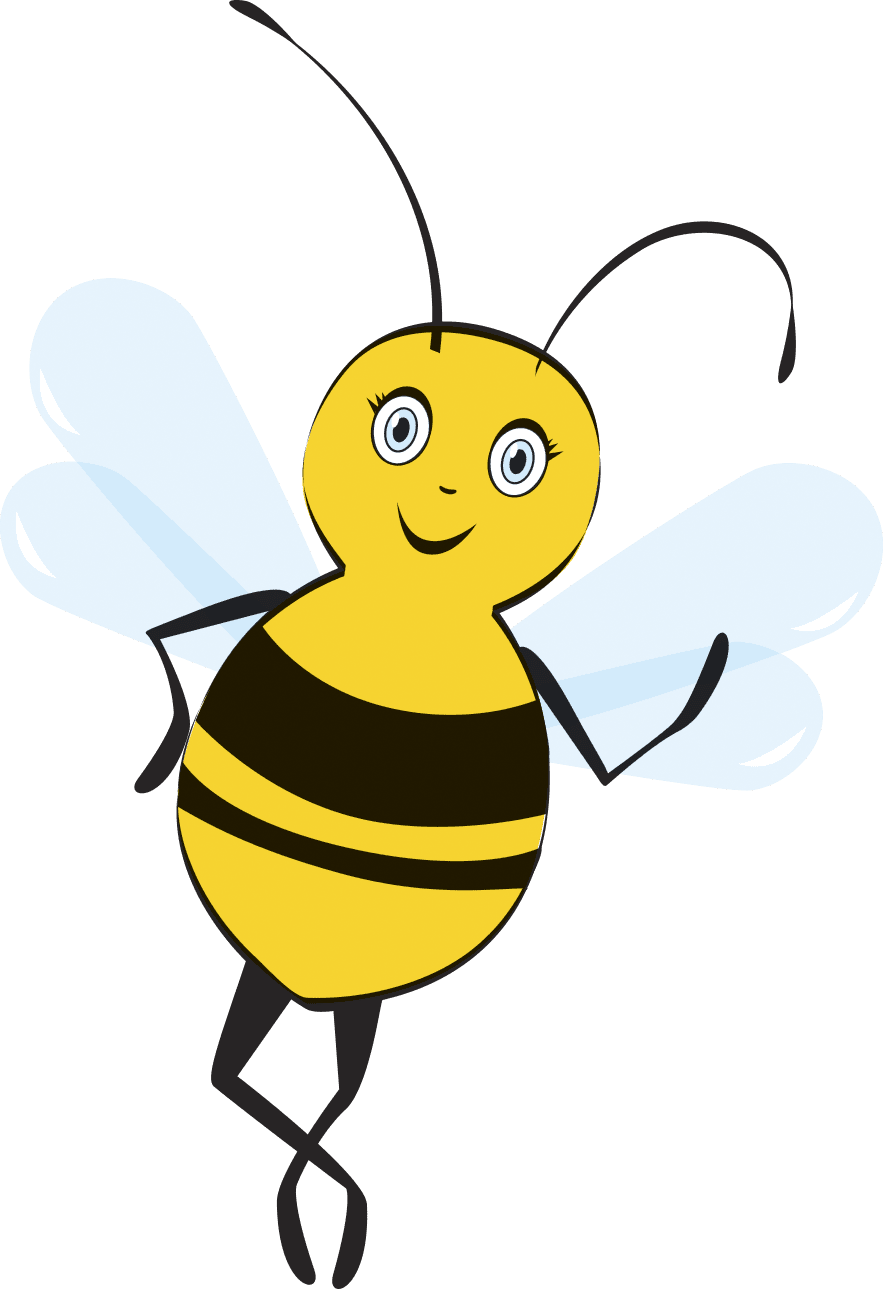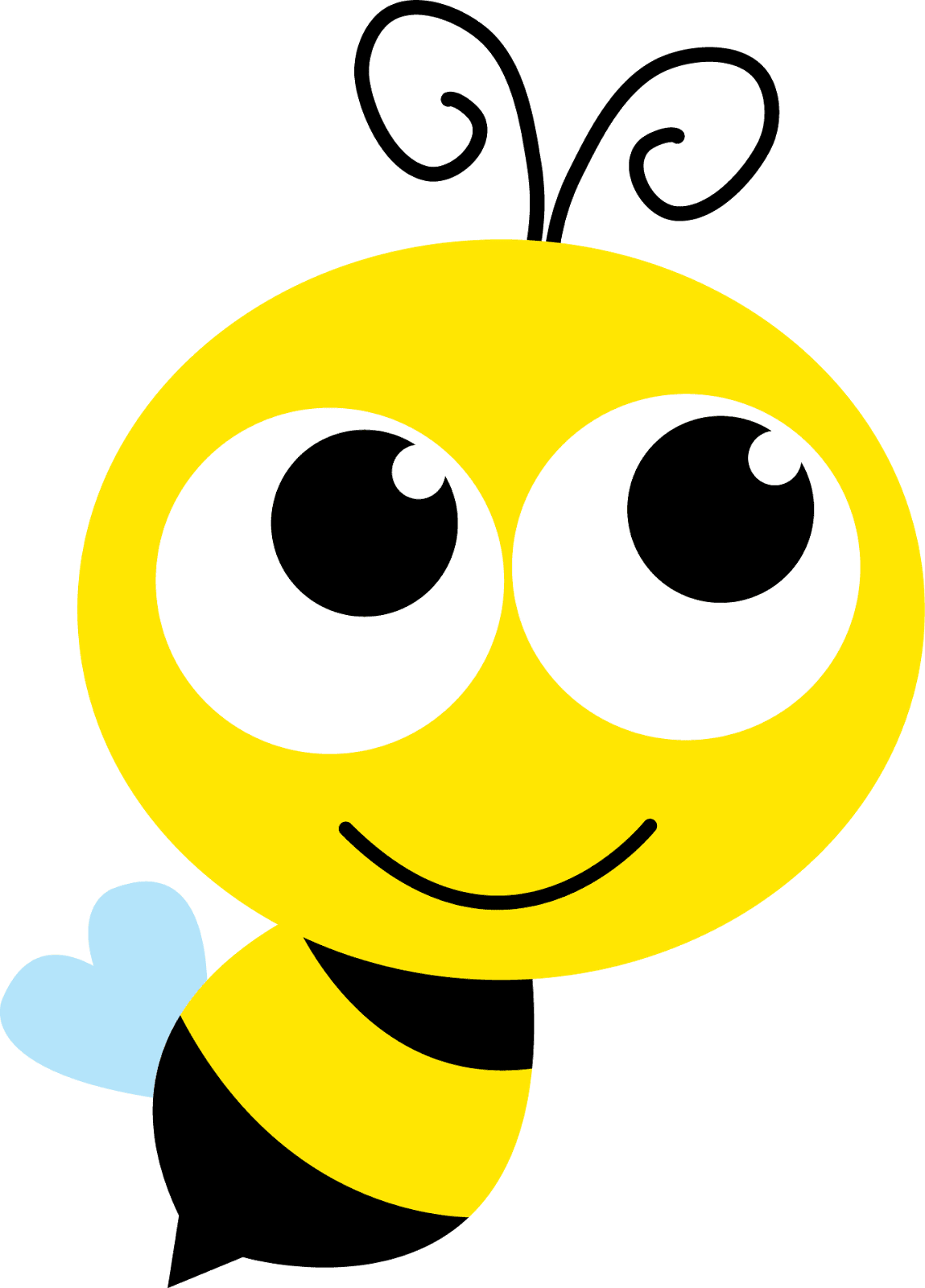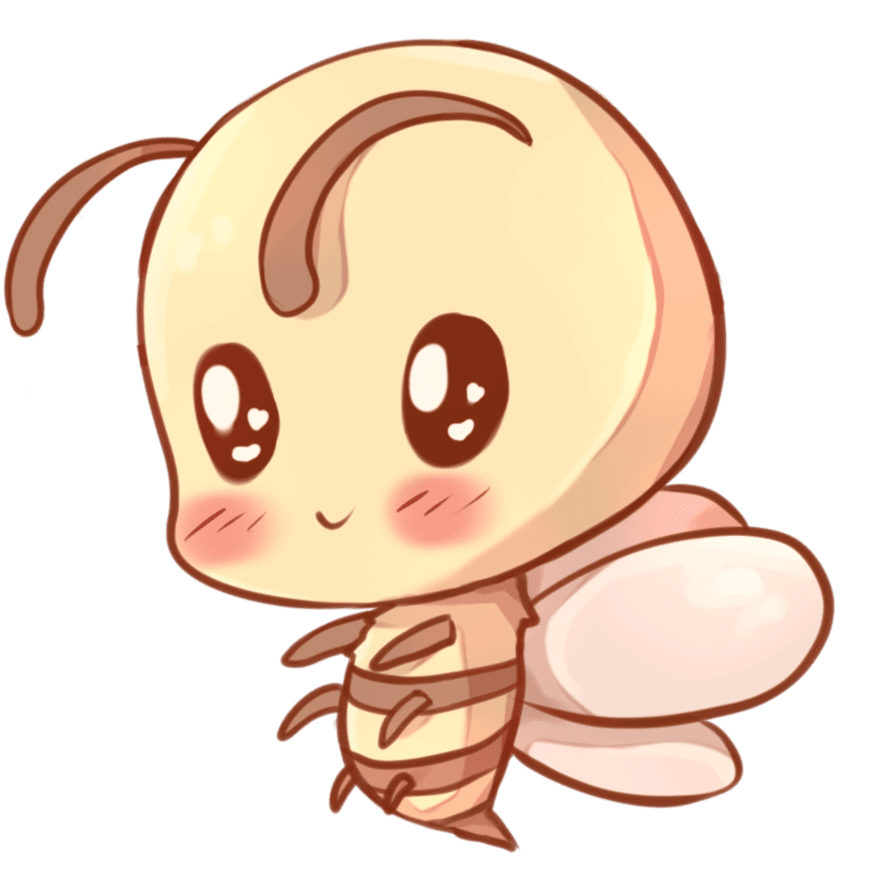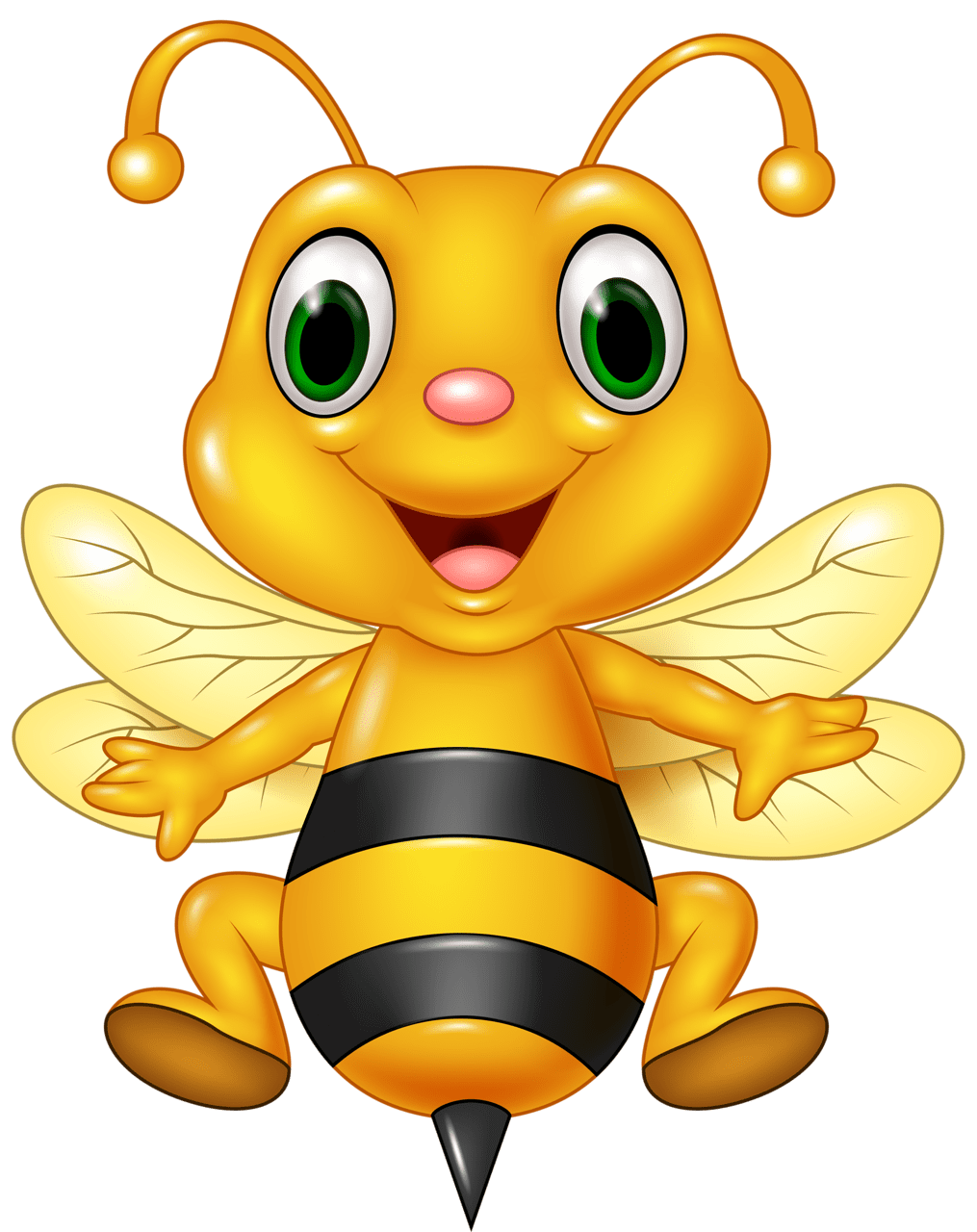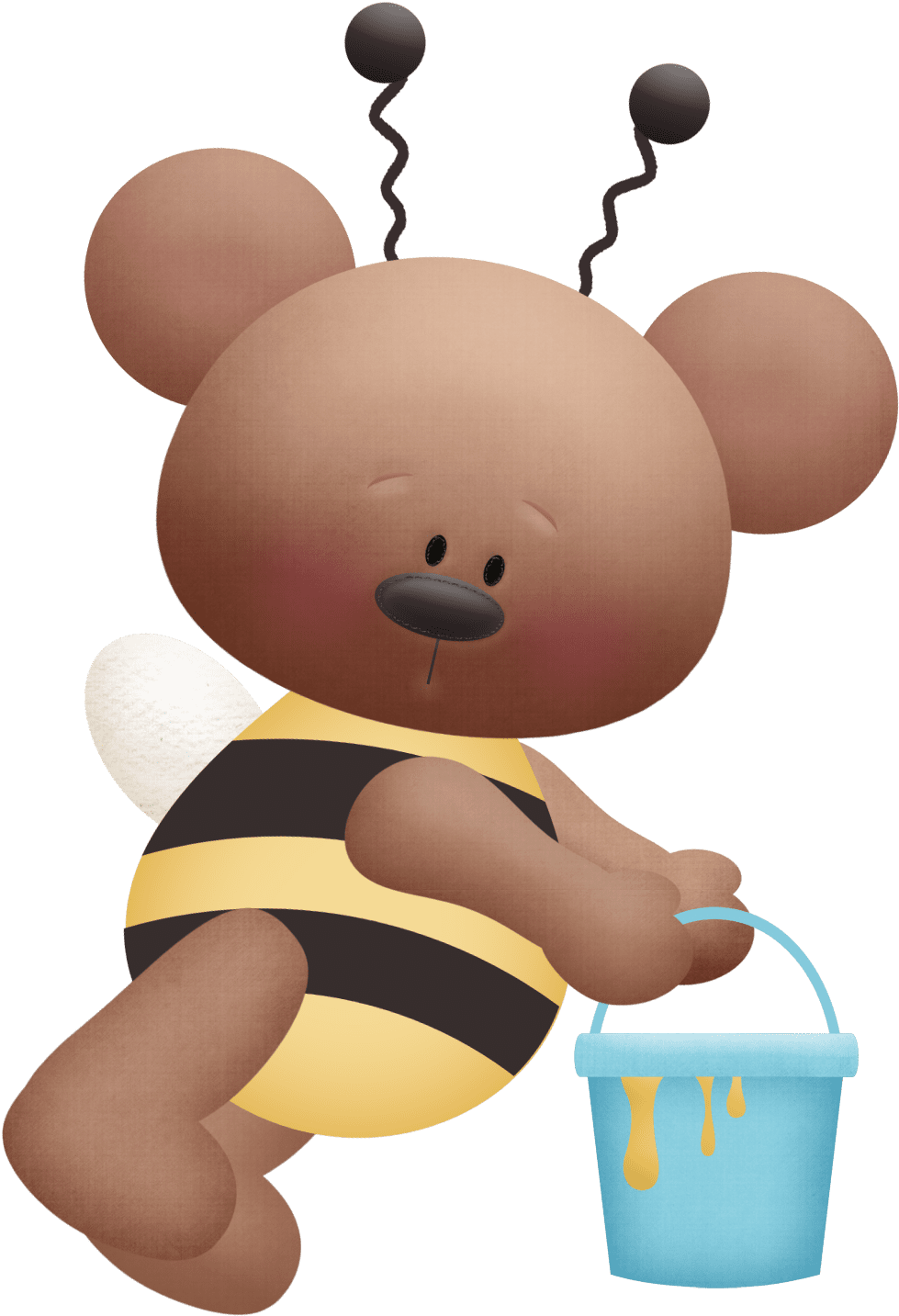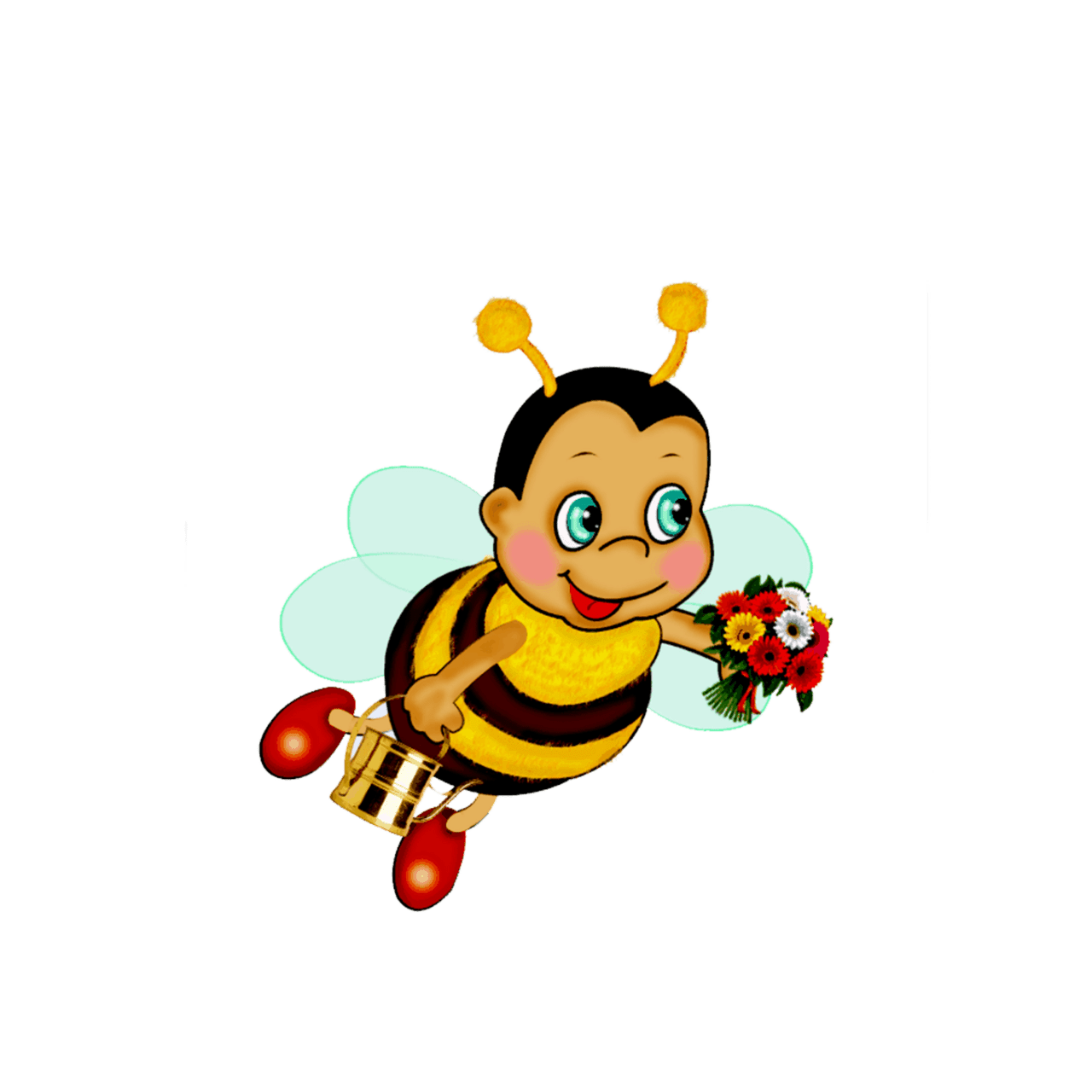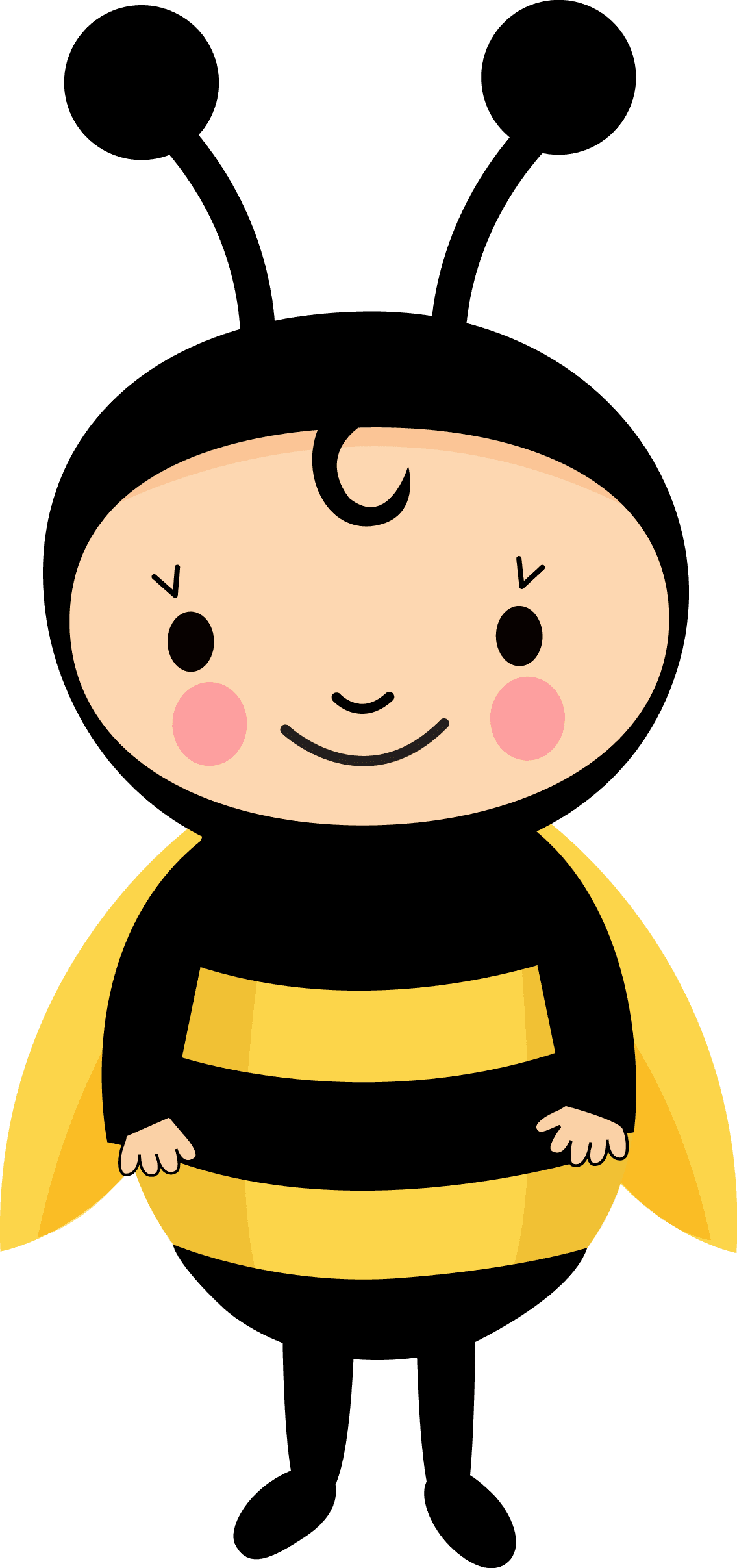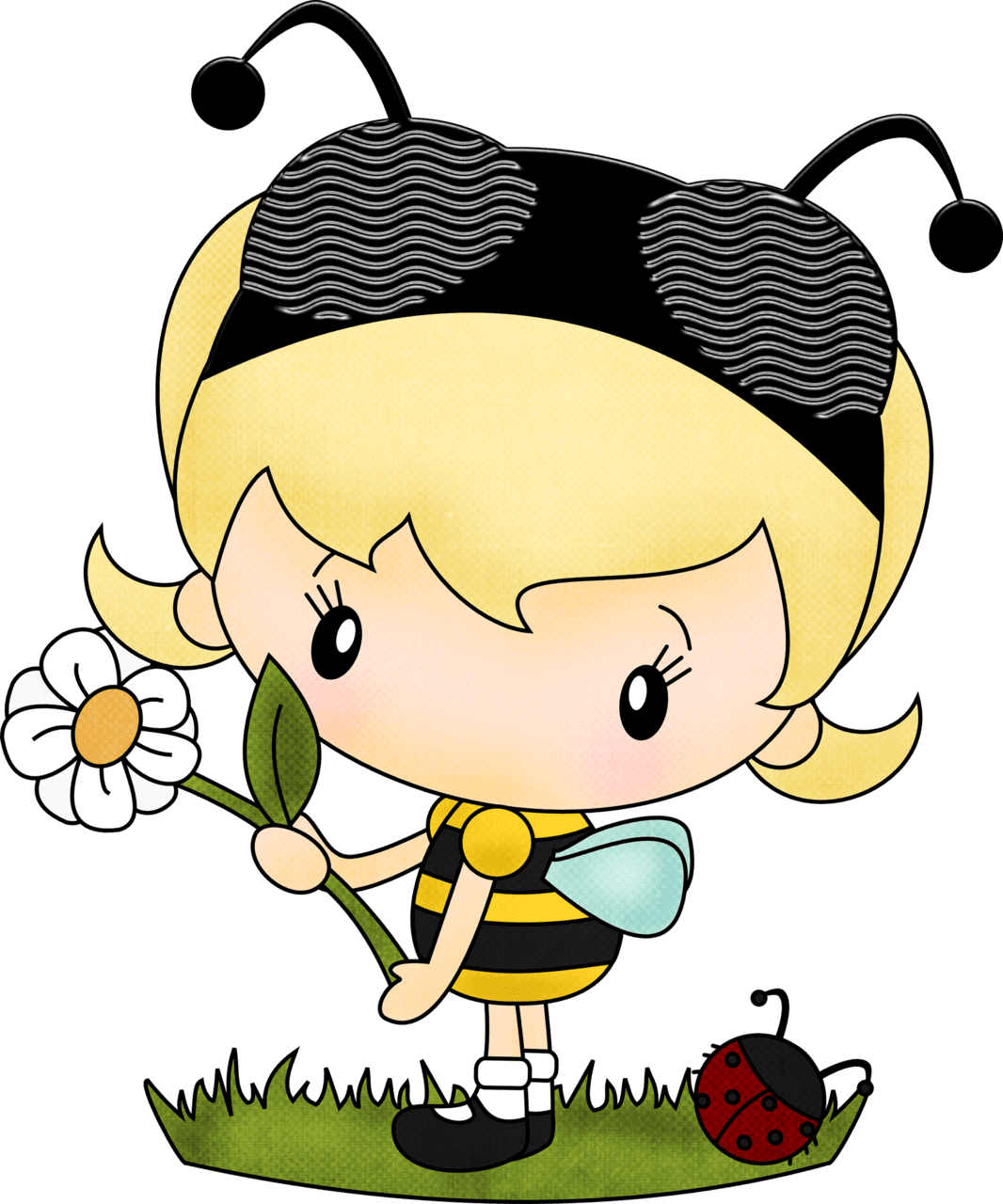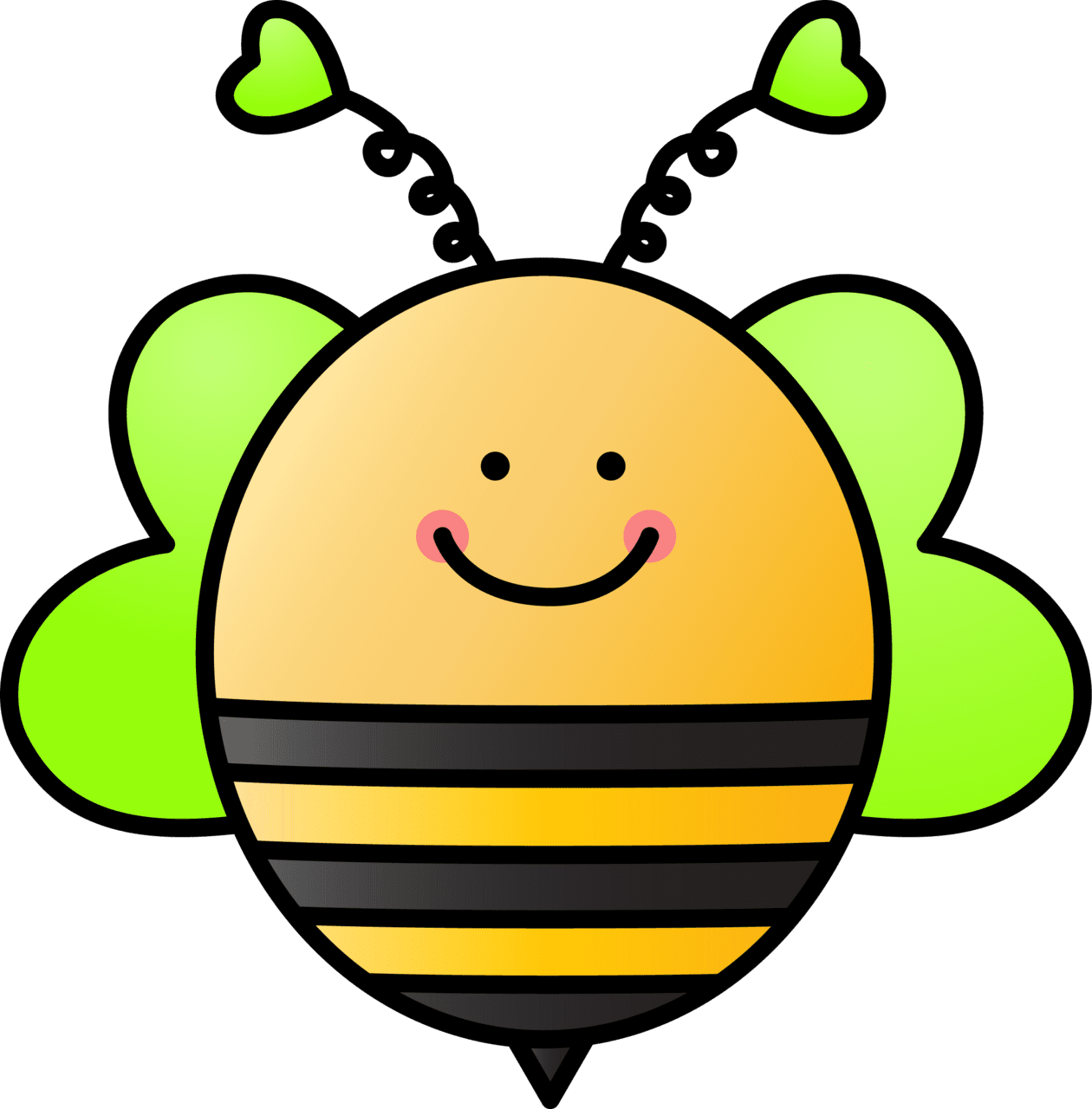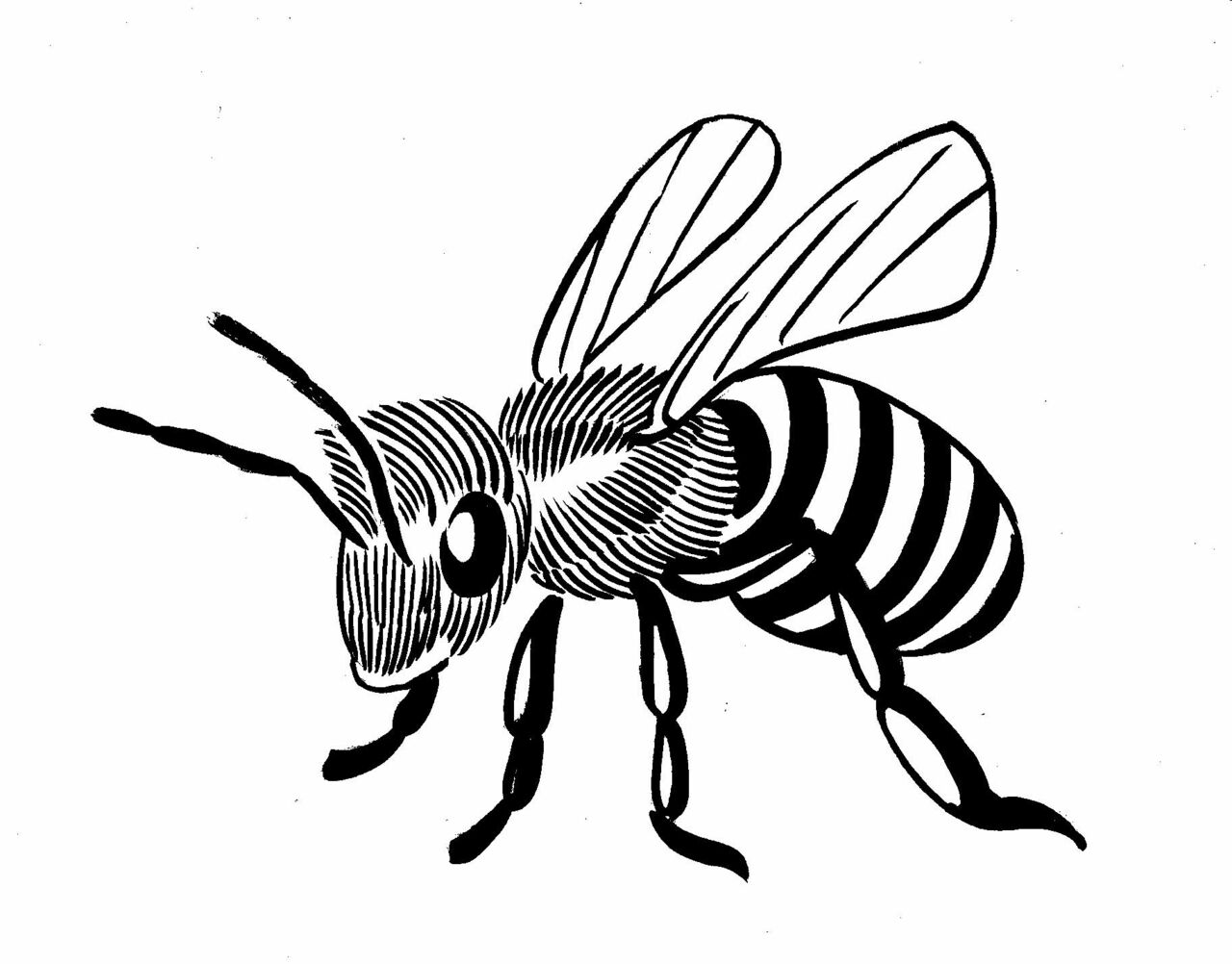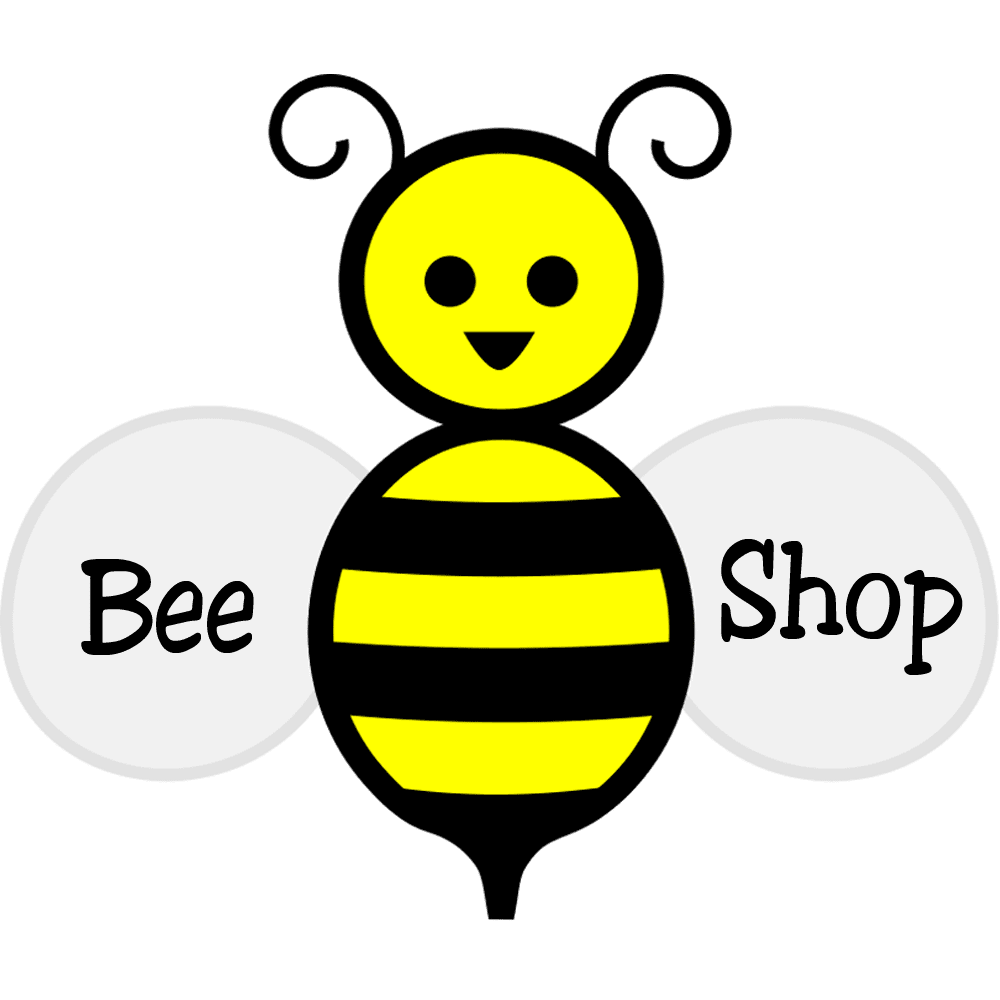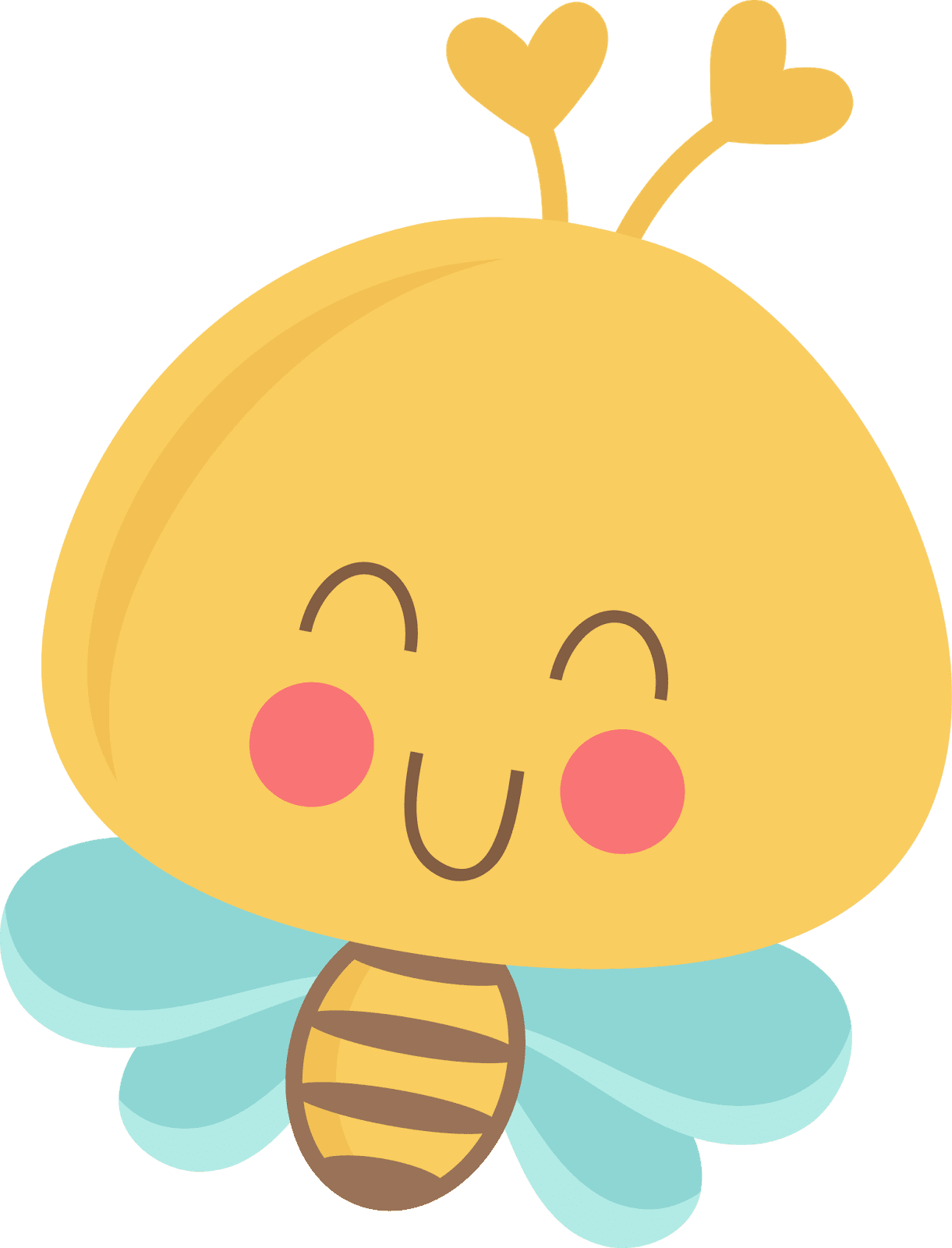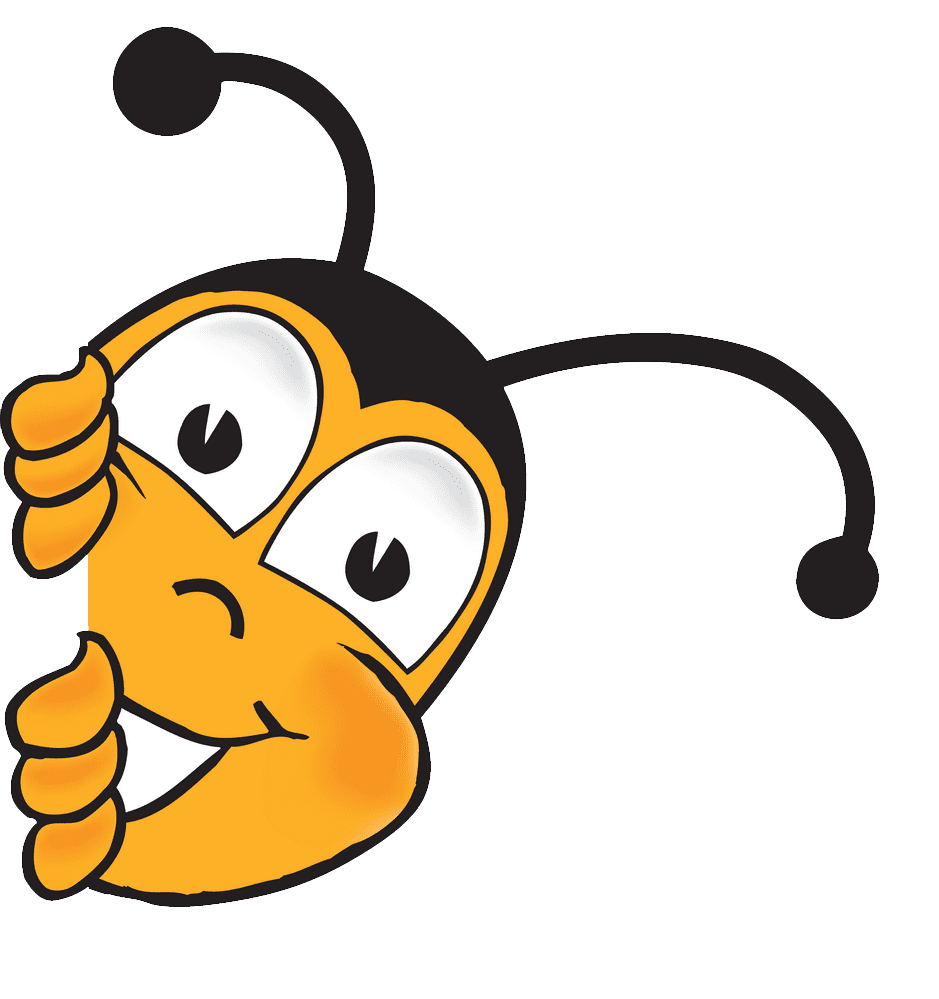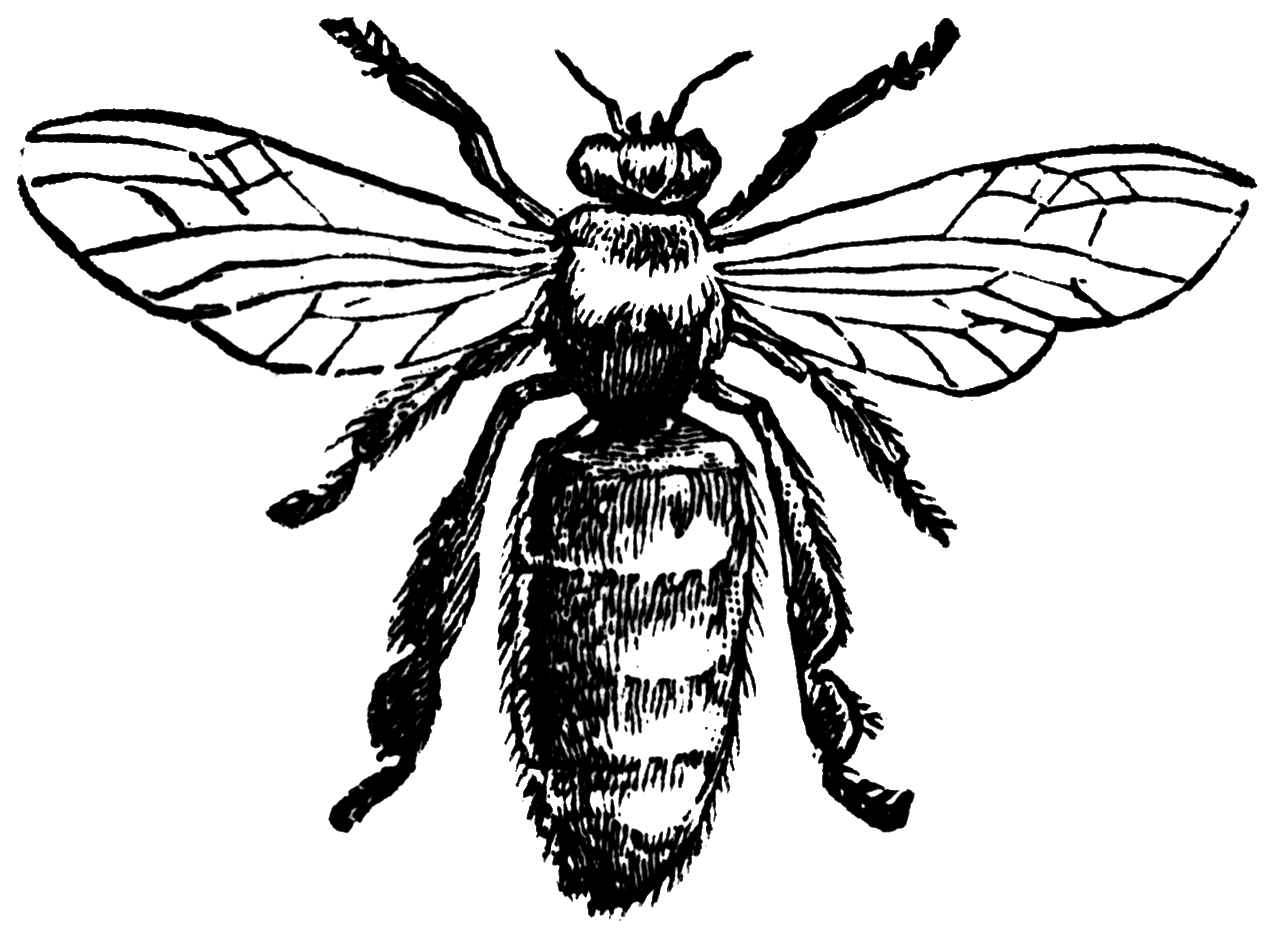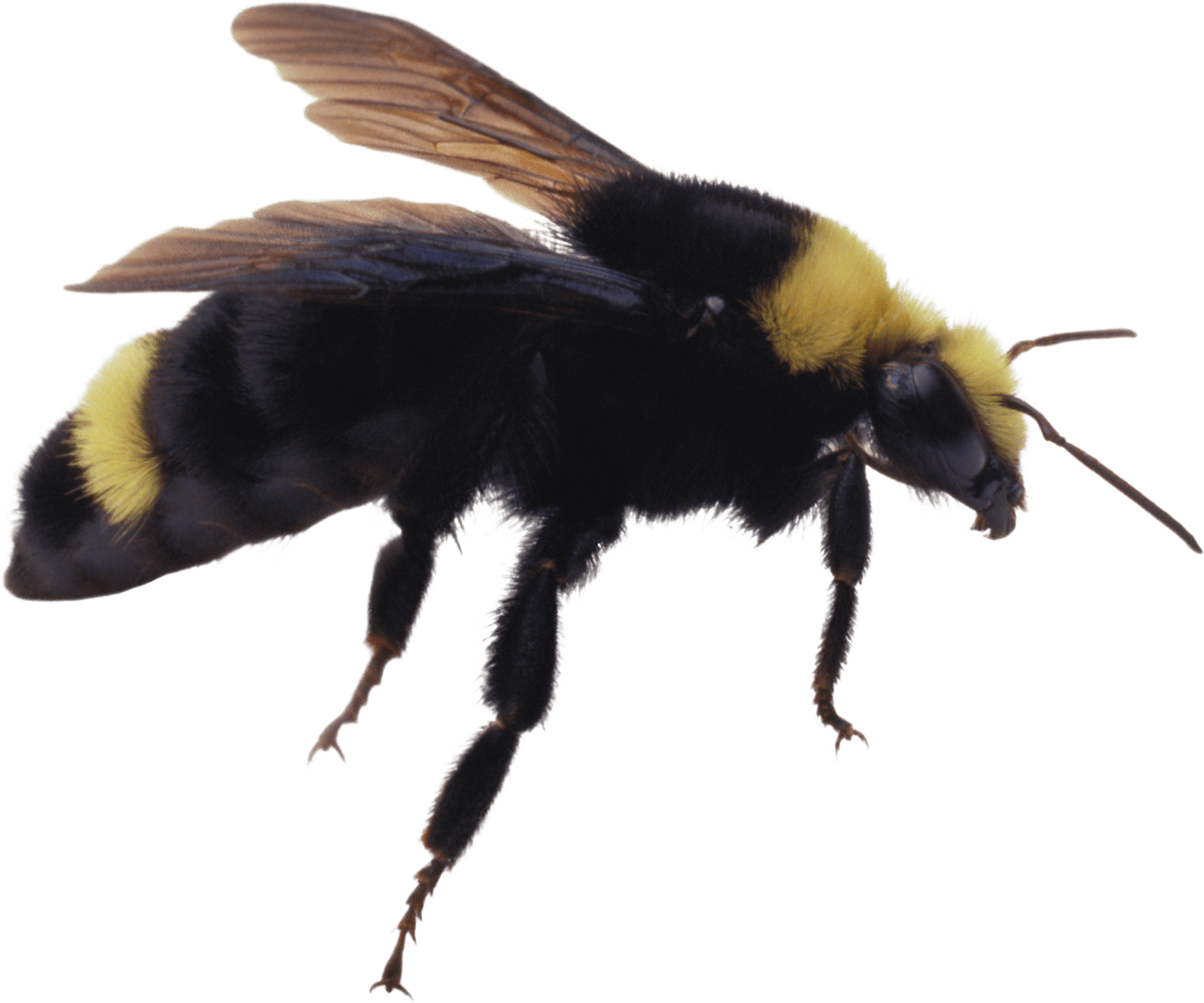Bees are an incredibly important part of our ecosystem. As pollinators, they are essential for the reproduction of over 75% of flowering plants and 35% of global food crops! Their services are estimated to be worth billions per year. However, bees have been declining rapidly due to threats like habitat loss, pesticides, diseases, and climate change. Understanding bees and helping them thrive is crucial for our own food security and environmental health. This article explores some key facts about bees and how bee clipart can help spread awareness.
A Closer Look at Bees
There are over 20,000 known species of bees globally. The most common bee we think of is the European honey bee, which has the scientific name Apis mellifera. Honey bees live in hives with complex social structures and divisions of labor. The queen bee lays up to 2,000 eggs per day while worker bees maintain the hive, care for the young, build honeycomb structures, clean, and forage for food. Other common bee species include bumblebees, carpenter bees, sweat bees, leafcutter bees, and mason bees.
Key Facts About Bees:
- Bees feed on nectar and pollen from flowering plants. A single bee might visit 50-1000 flowers in one collection trip!
- They have an exceptional sense of smell and can detect the scent of flowers more than a mile away.
- Bees see in ultraviolet and use special “waggle dances” to communicate with hive mates about where to find food sources.
- Most bee species are solitary while honey bees are very social and live in large colonies.
- Bees play a huge role as pollinators. Without them, many plant species would decline or disappear, devastating ecosystems.
- Over the past 50+ years managed honey bee colonies have declined significantly, mostly due to Varroa mite infestations.
Why Are Bees in Decline?
Bees face threats from multiple factors, including:
- Habitat loss: Development and agriculture reduce floral resources and nesting sites.
- Pesticides: Chemicals like neonicotinoids can be toxic to bees and compromise their immune systems.
- Diseases & parasites: Varroa mites, fungi, viruses, and other pathogens impact bee health.
- Climate change: Shifting seasons, temperatures, and precipitation patterns disrupt plant-pollinator synchrony.
- Invasive species: Non-native plants and bees compete with native species for limited resources.
- Monocultures: Large fields of a single crop like corn limit food diversity for bees.
Spreading Awareness with Bee Clipart
Bee clipart offers simple graphics of bees that can help educate people about bee conservation. Using bee images in your communications, whether it’s social media posts, flyers, presentations, or classroom materials, helps draw attention to these important insects.
Some ways to utilize bee clipart for raising awareness include:
- Making infographics with key bee facts and statistics
- Designing posters, stickers, or signs about saving bees
- Creating illustrated guides to native bee identification
- Building bee-themed coloring pages or activity sheets
- Crafting social media posts and campaigns around bee-related occasions like World Bee Day or Pollinator Week
When choosing bee clipart, look for images that accurately represent bee anatomy and behavior. Stylized designs can be eye-catching, but realistic graphics better educate people on what bees truly look like. Credit the artist if possible.
Ways to Help Bees
Protecting bees goes hand in hand with using bee clipart to spread awareness. Here are some impactful steps you can take:
- Grow a bee-friendly garden: Cultivate native plants with diverse blooms from spring through fall. Avoid pesticides.
- Install bee houses: Drill holes in wood, bundle reeds, or set out clay pots to create nest sites.
- Support organic farming: Choosing organic produce supports sustainable agriculture practices that protect bees.
- Reduce your carbon footprint: Bees are vulnerable to climate change impacts. Driving less, conserving energy, and recycling all make a difference.
- Advocate for bees: Vote for pollinator-friendly public land management and write to government representatives about protecting bees.
- Donate to research: Support organizations studying bee health, genetics, and best conservation practices.
Every small action adds up when it comes to saving our precious pollinators. Do your part by appreciating the wonder of bees and spreading awareness however you can.
The Buzz on Bees
Bees offer so many valuable lessons, from their intricate social structures to the vital ecosystems services they provide. Understanding bees better allows us to protect them more effectively. Bee clipart offers a fun, eye-catching way to draw attention to these critical pollinators. Use bee images to start conversations and inspire action around conservation. The more people learn to love bees, the brighter their future will be.
Below clipartsign present 84 bee clipart images free for design inspiration. Lets download Bee Clipart that you want to use for personal uses.



